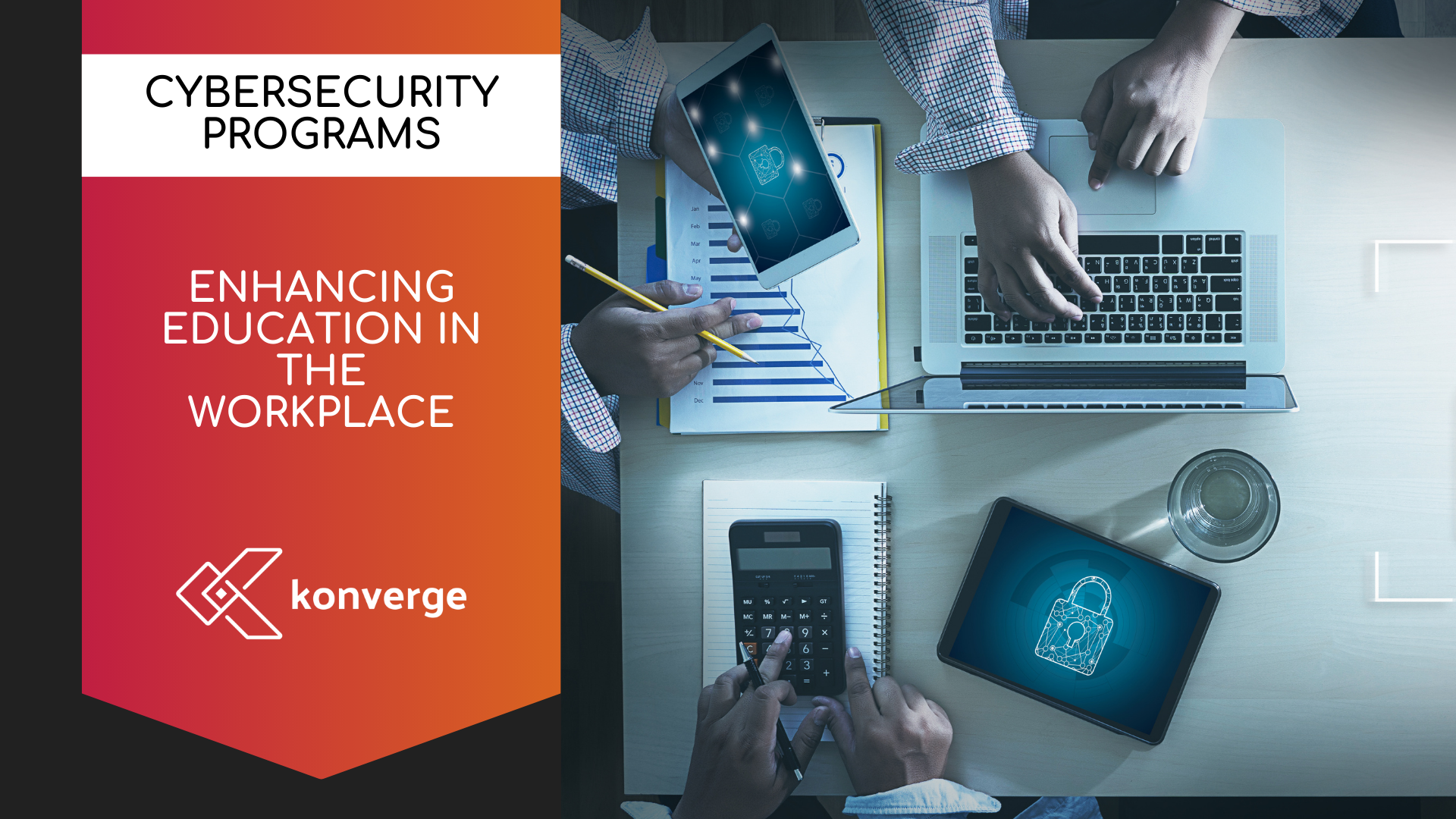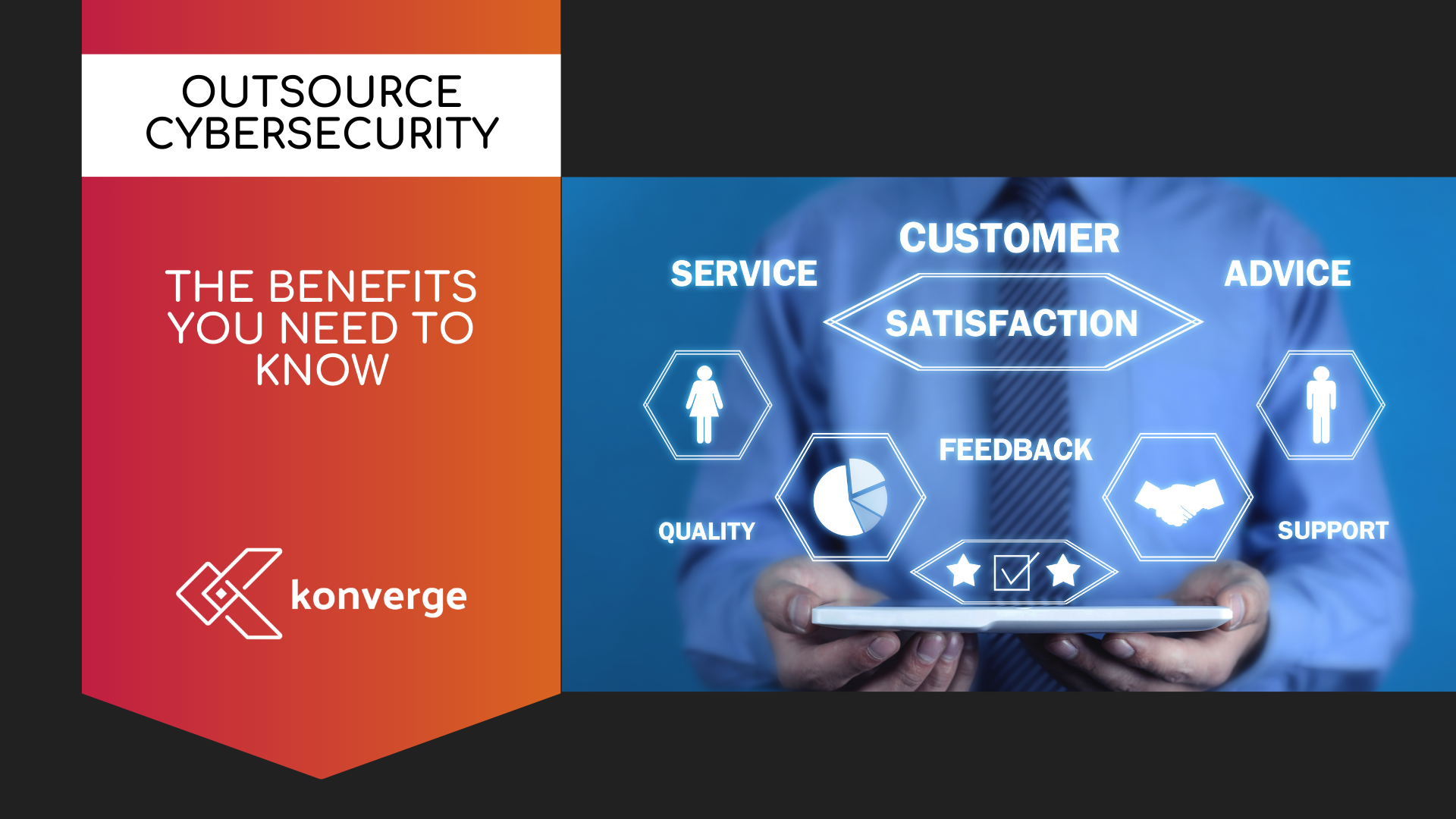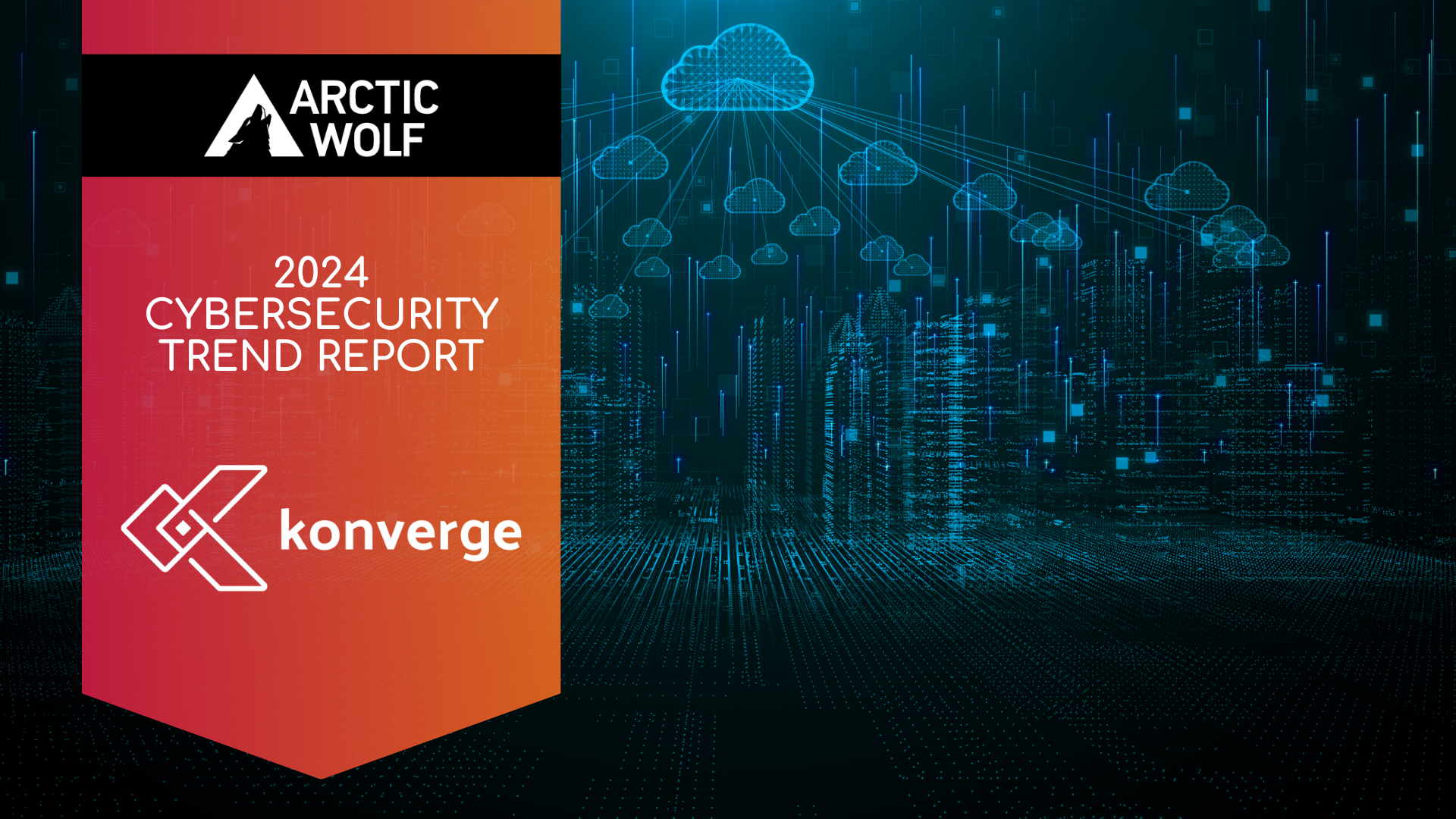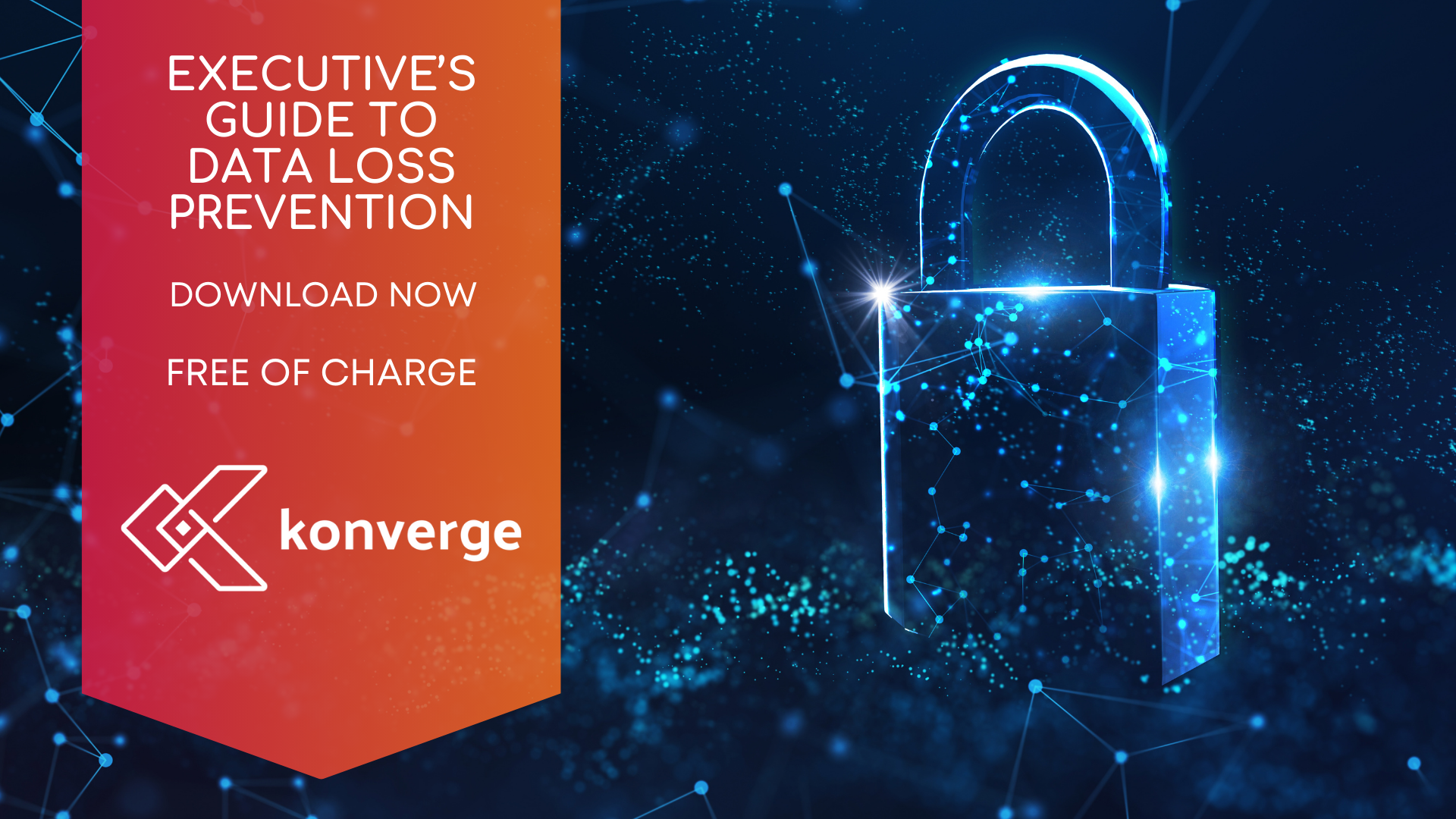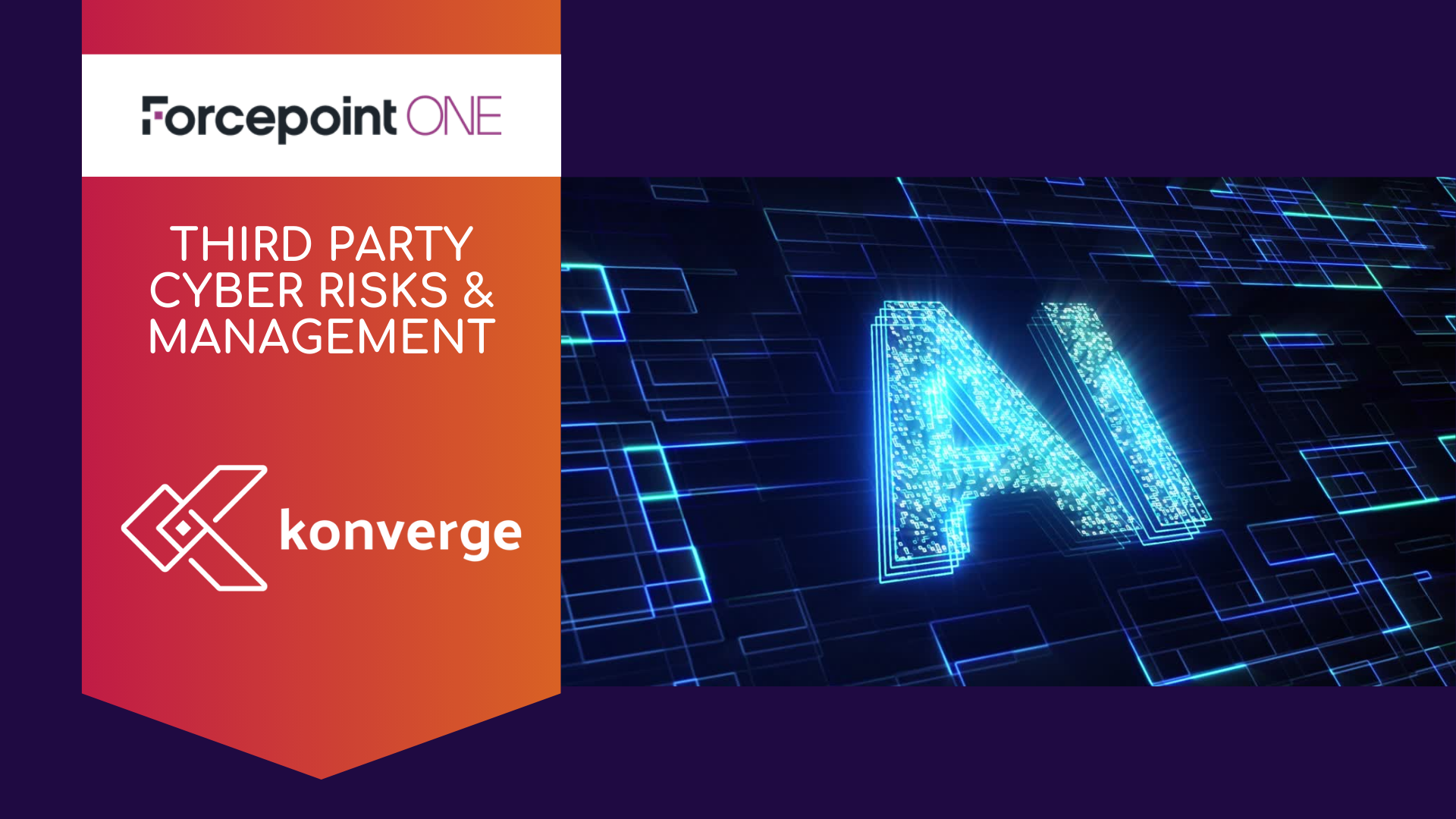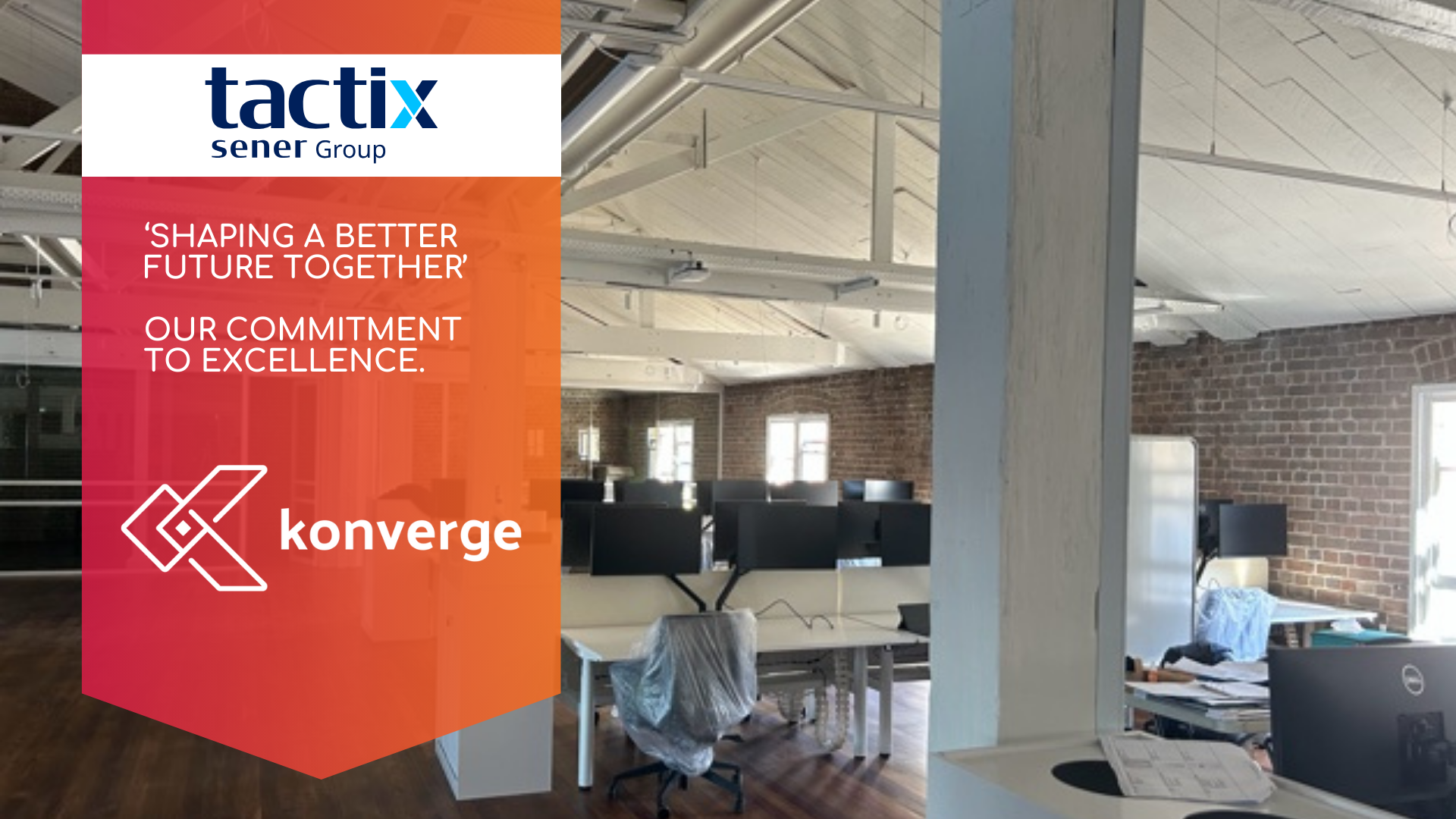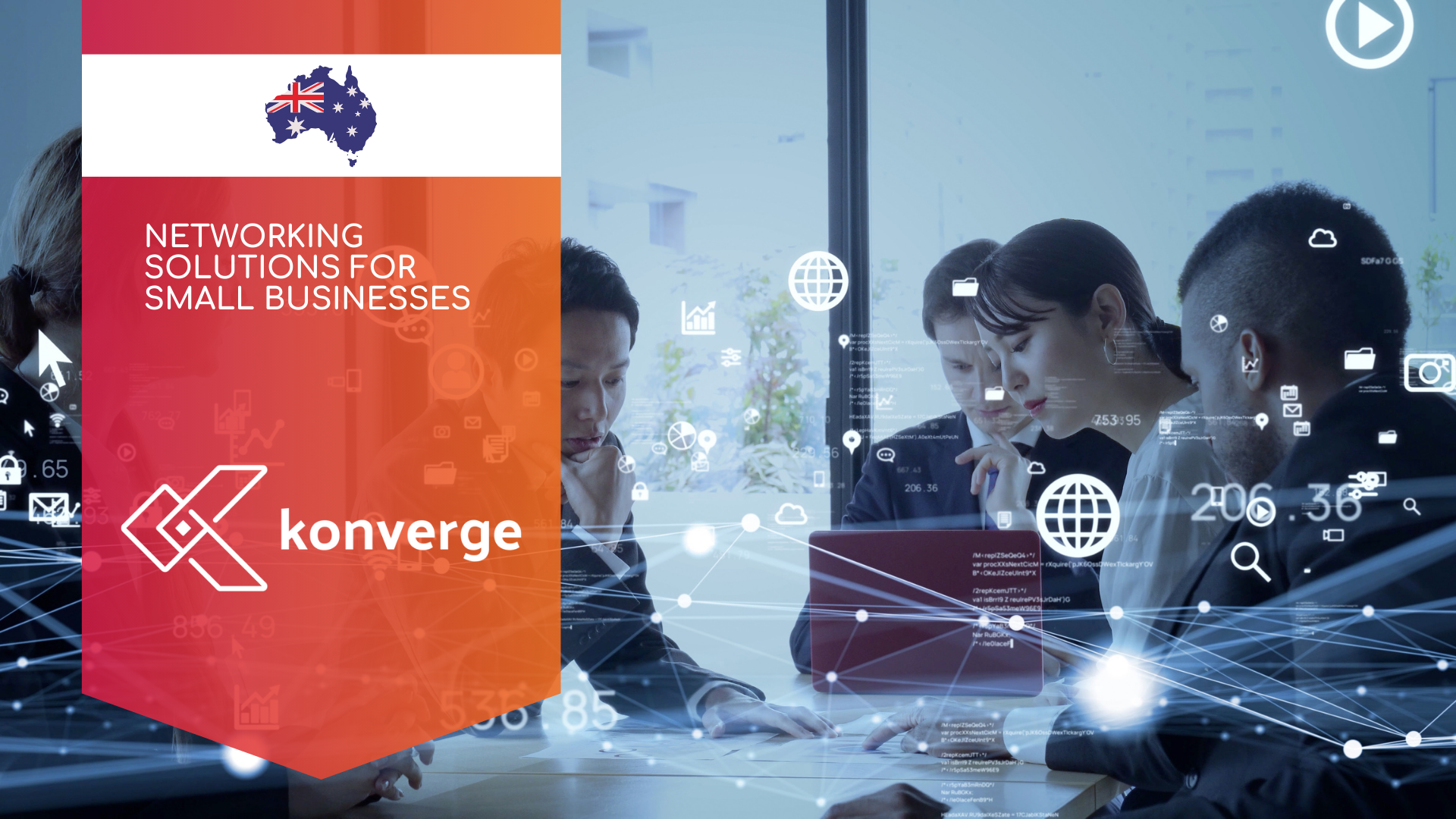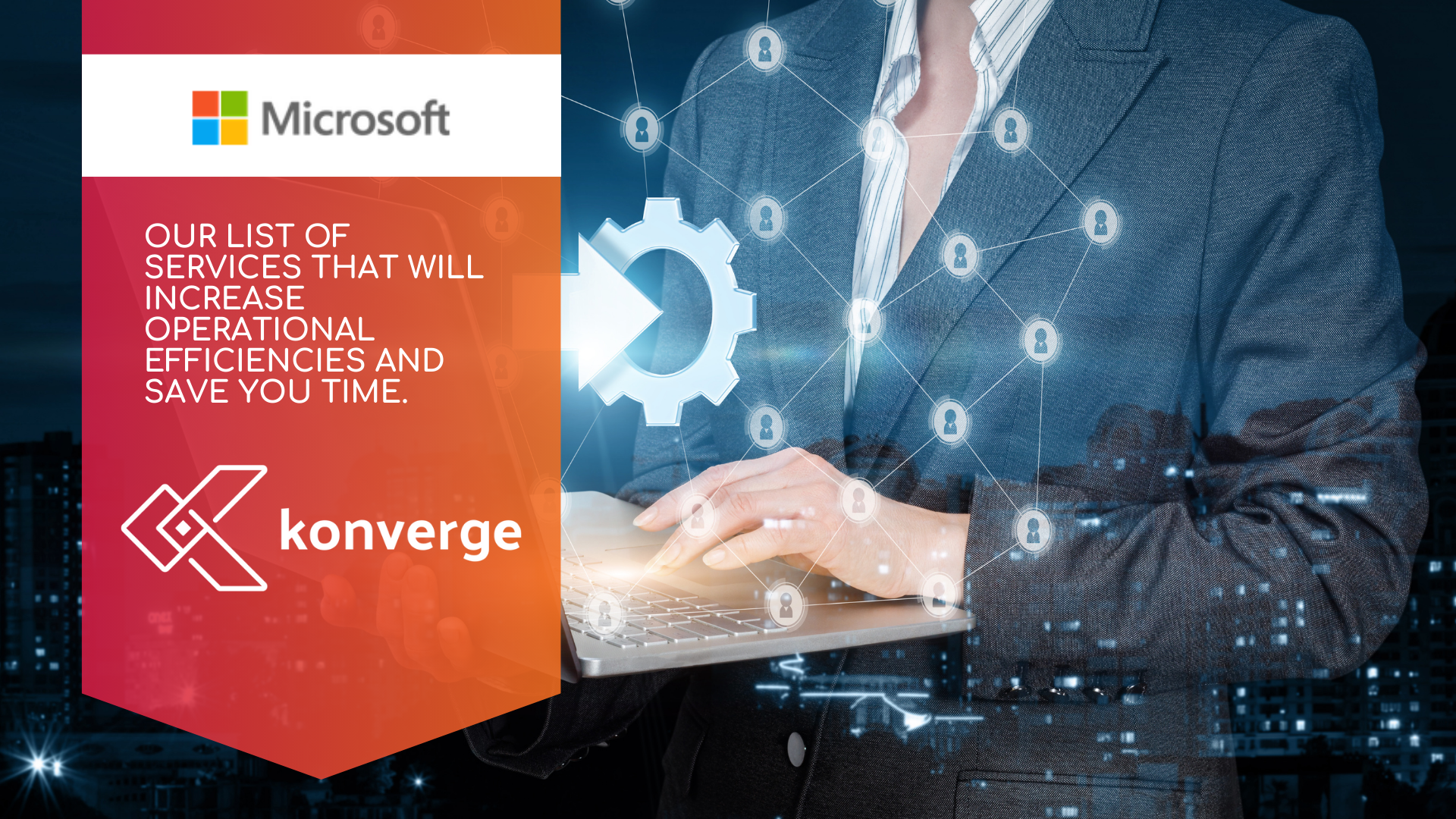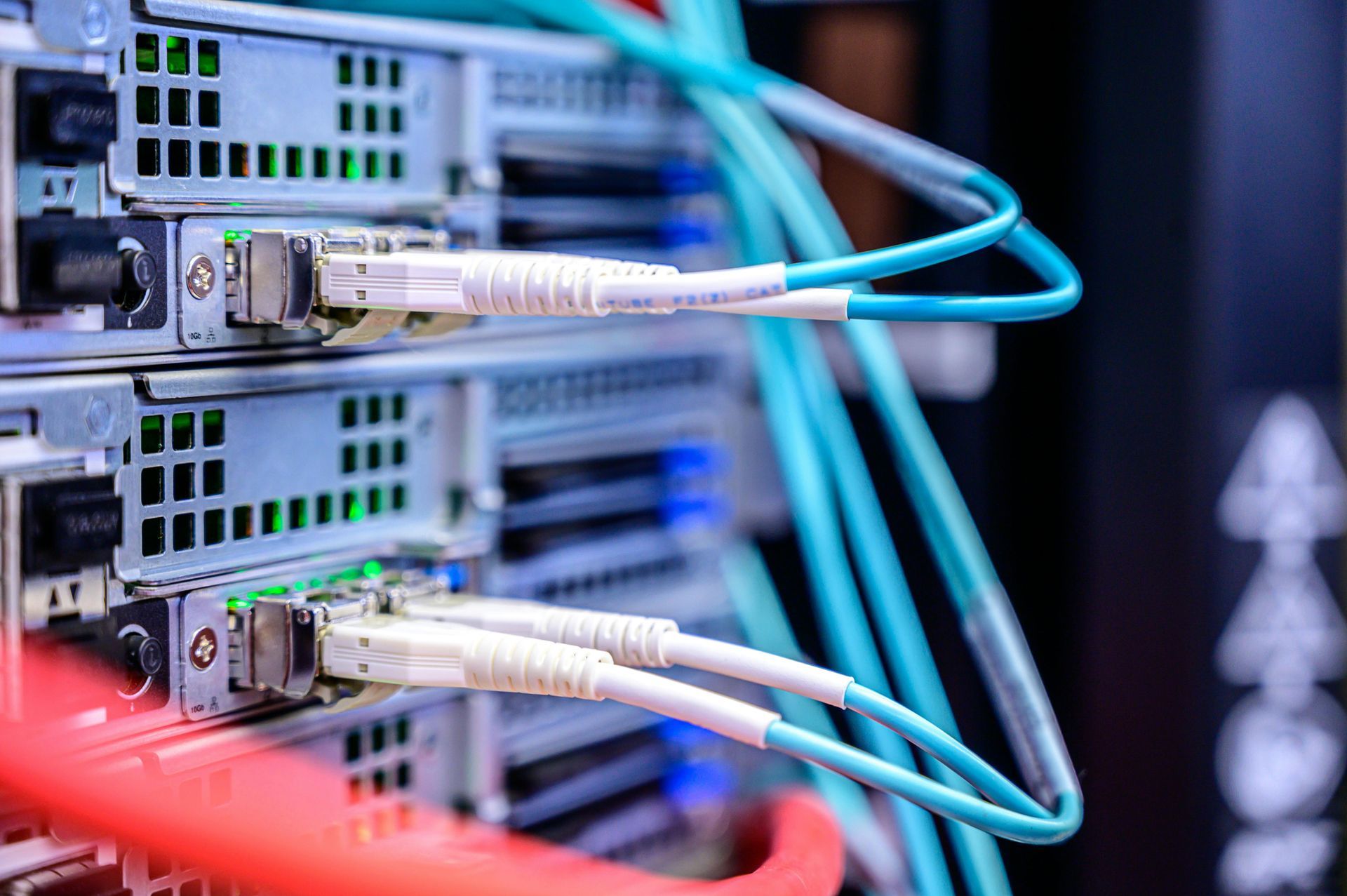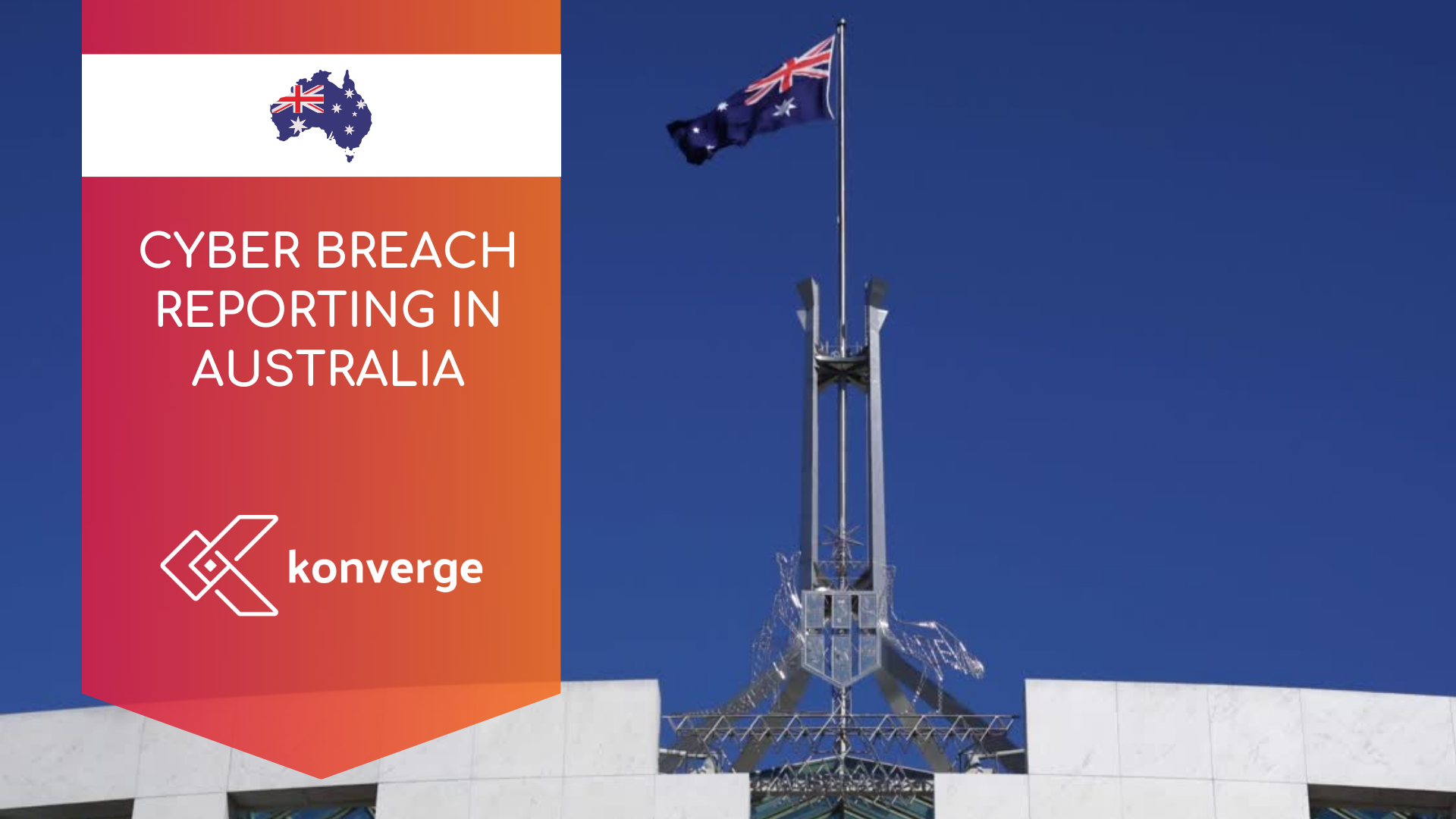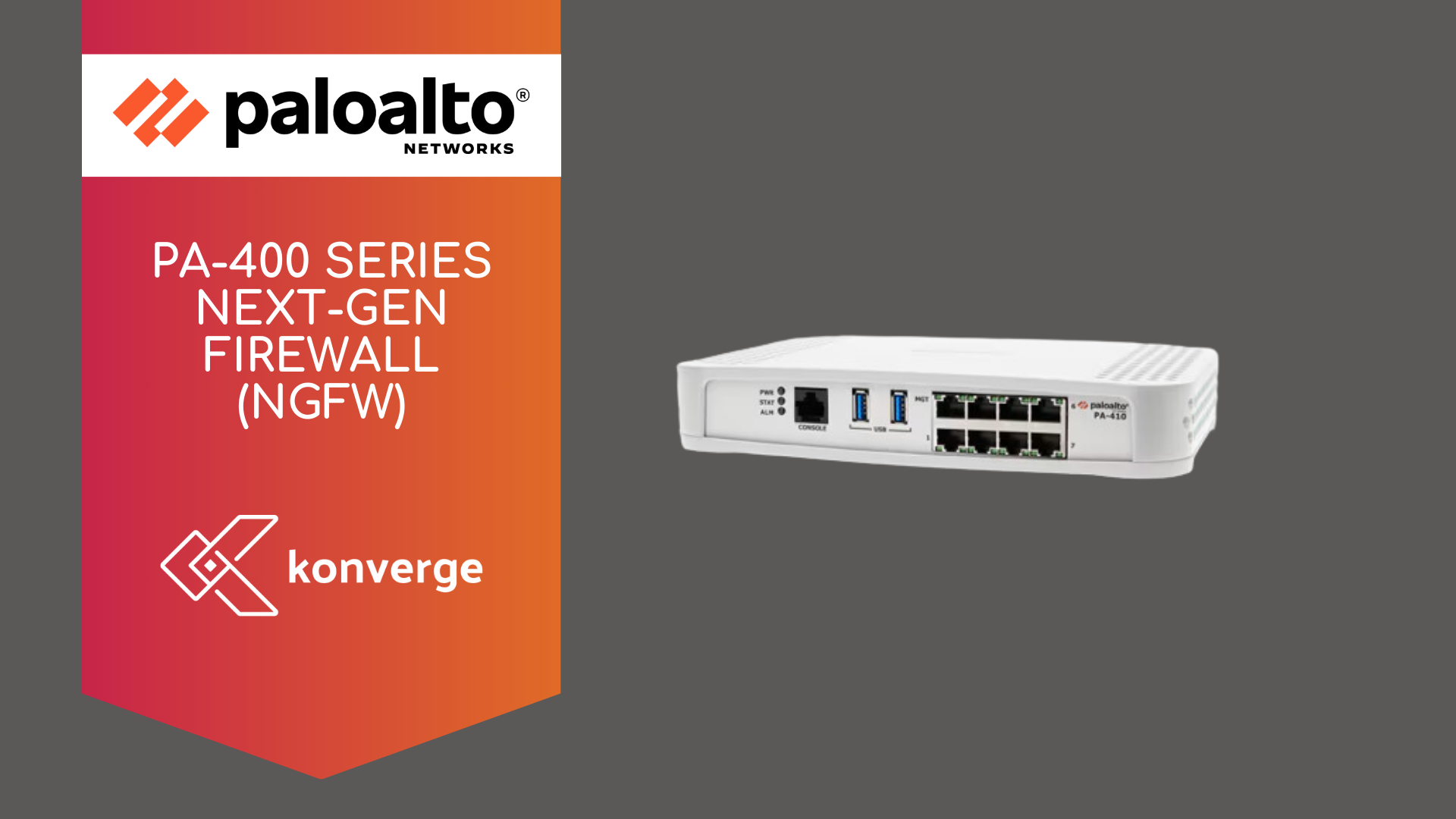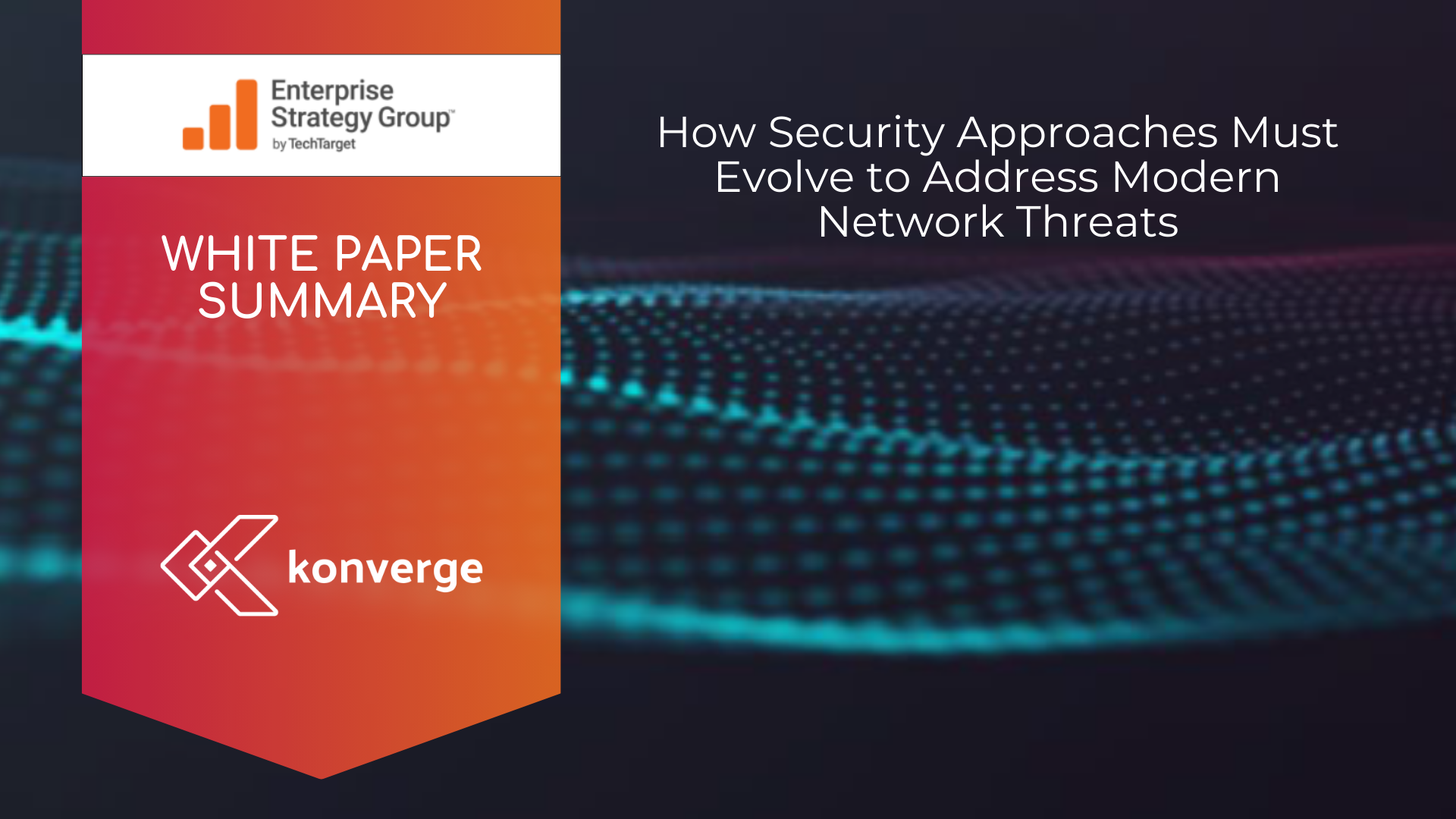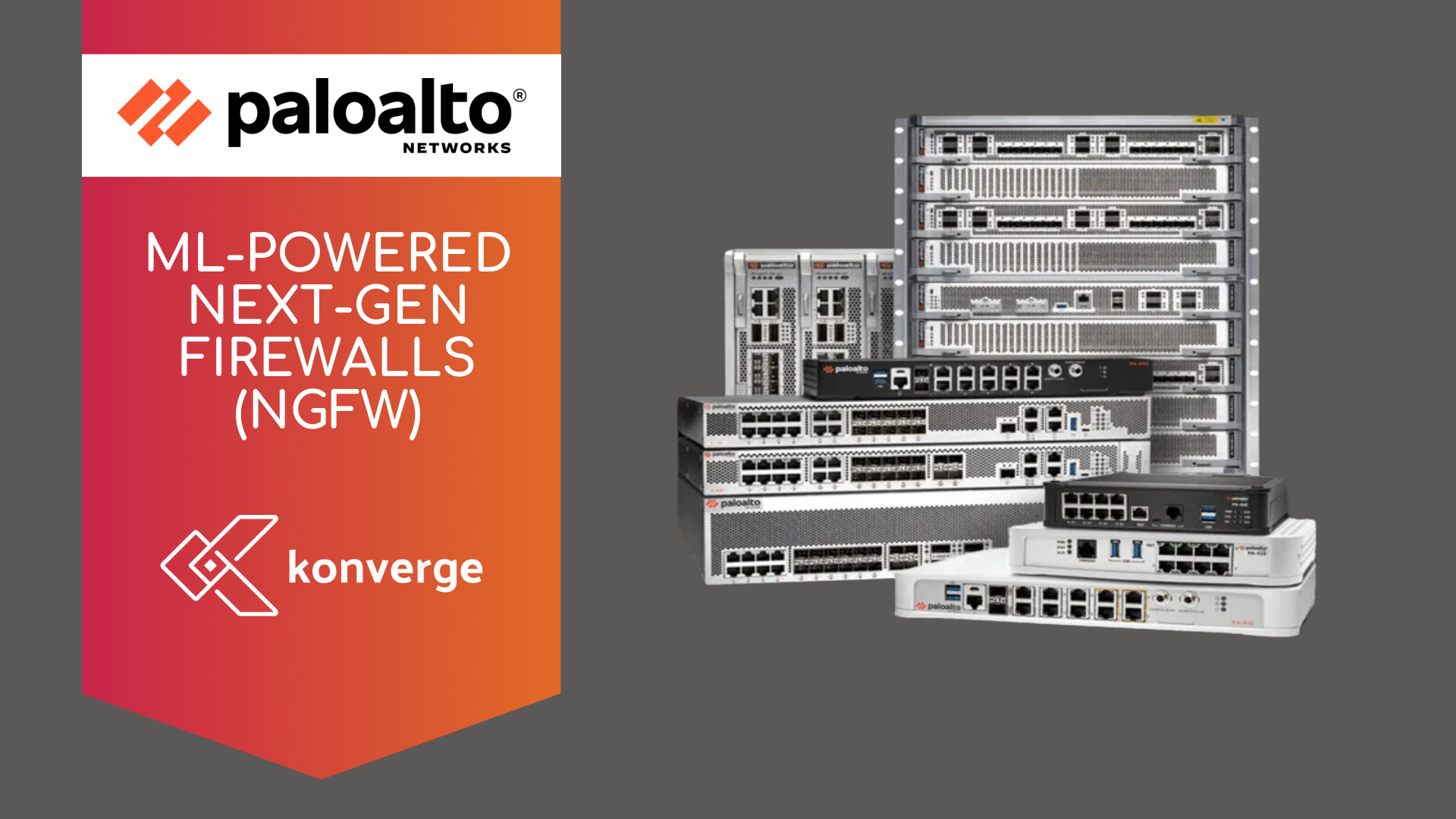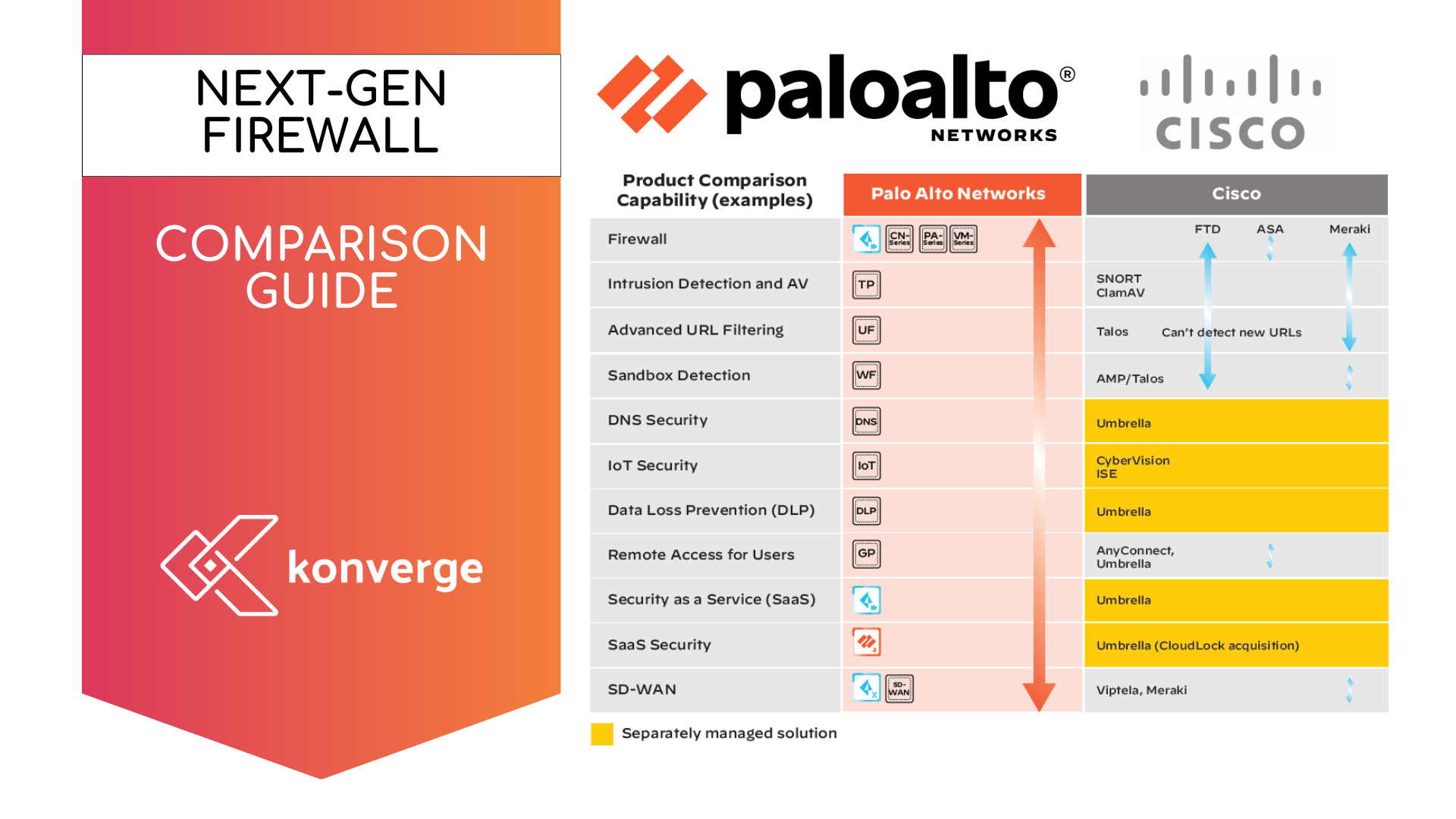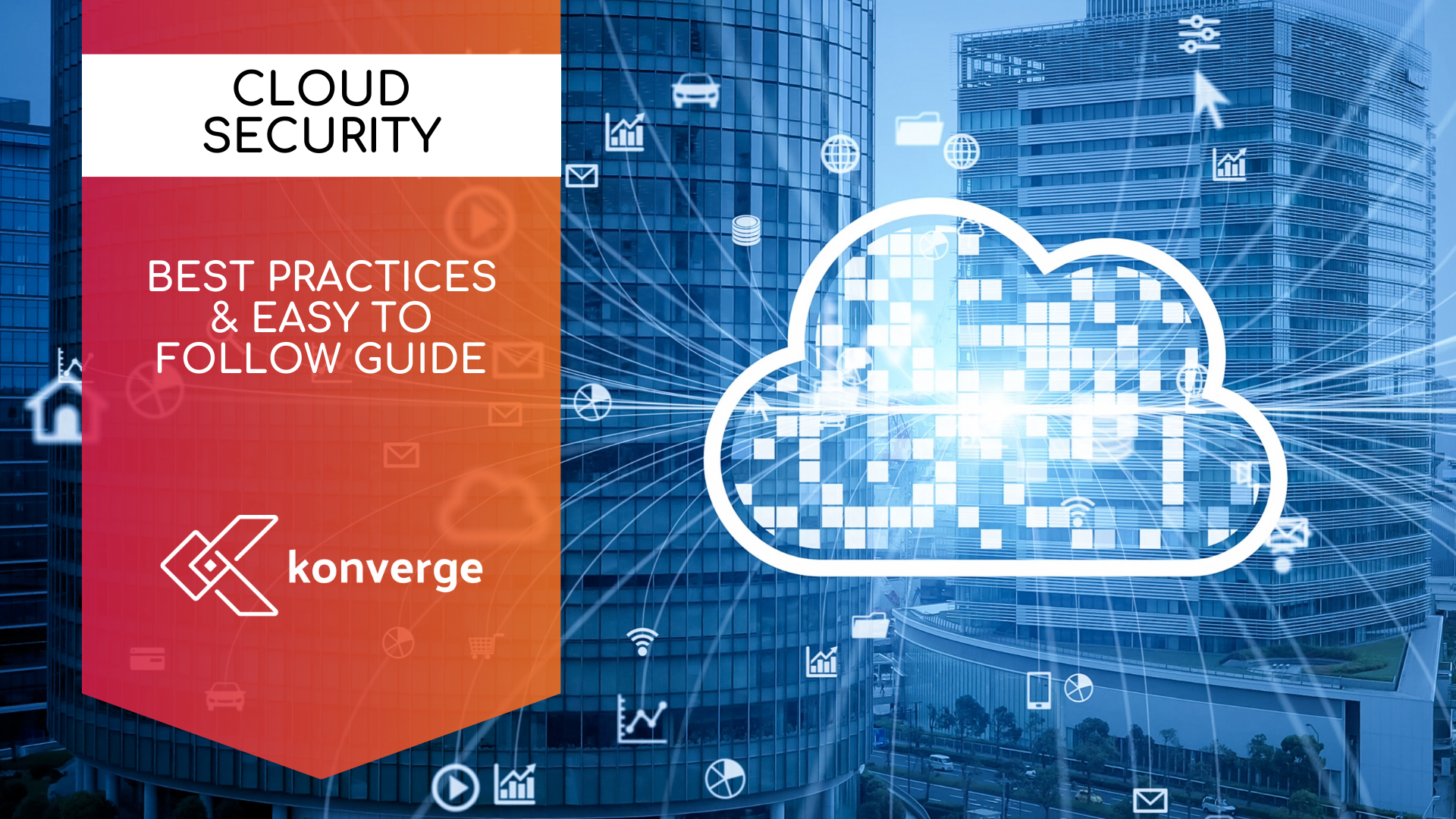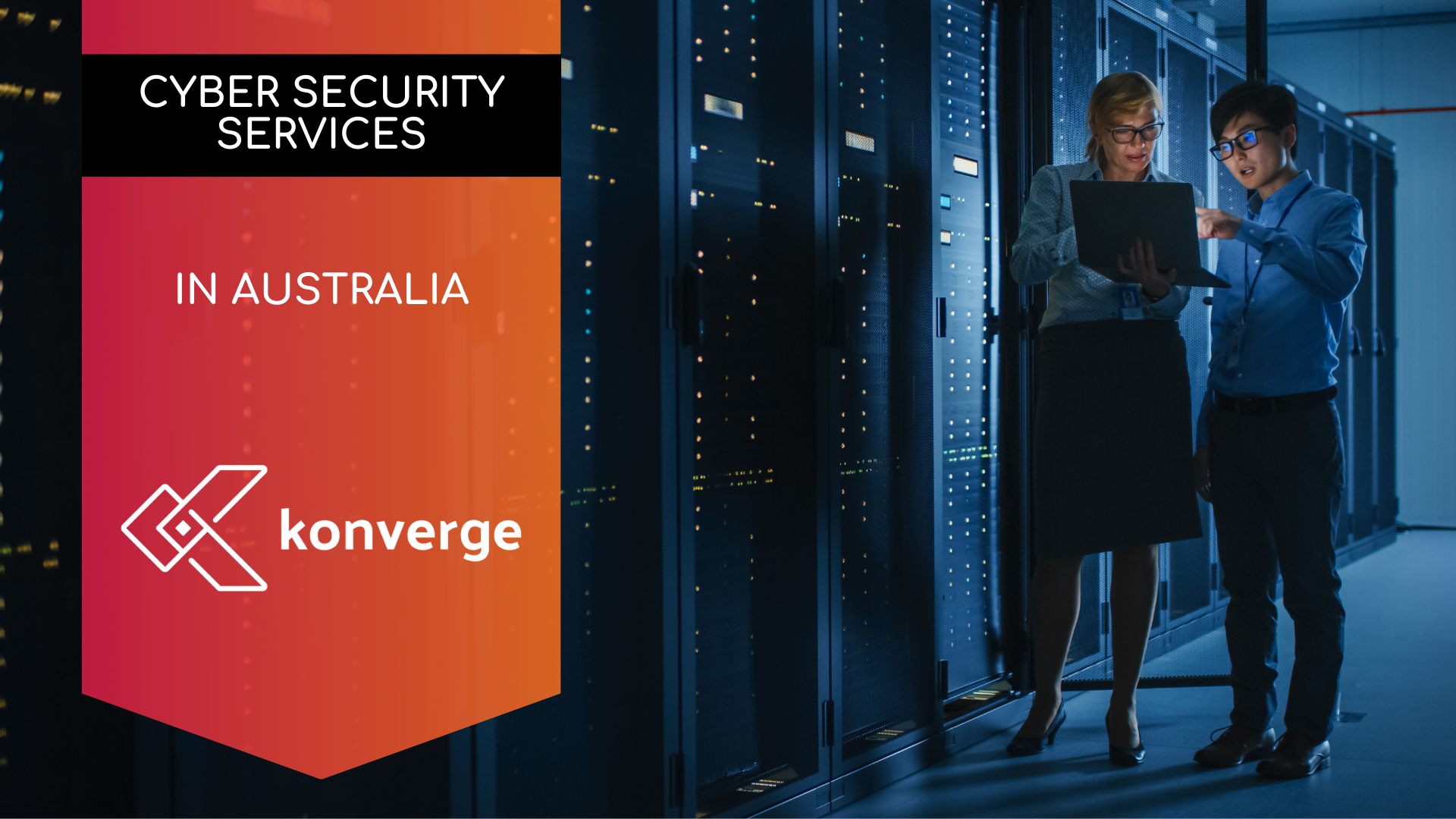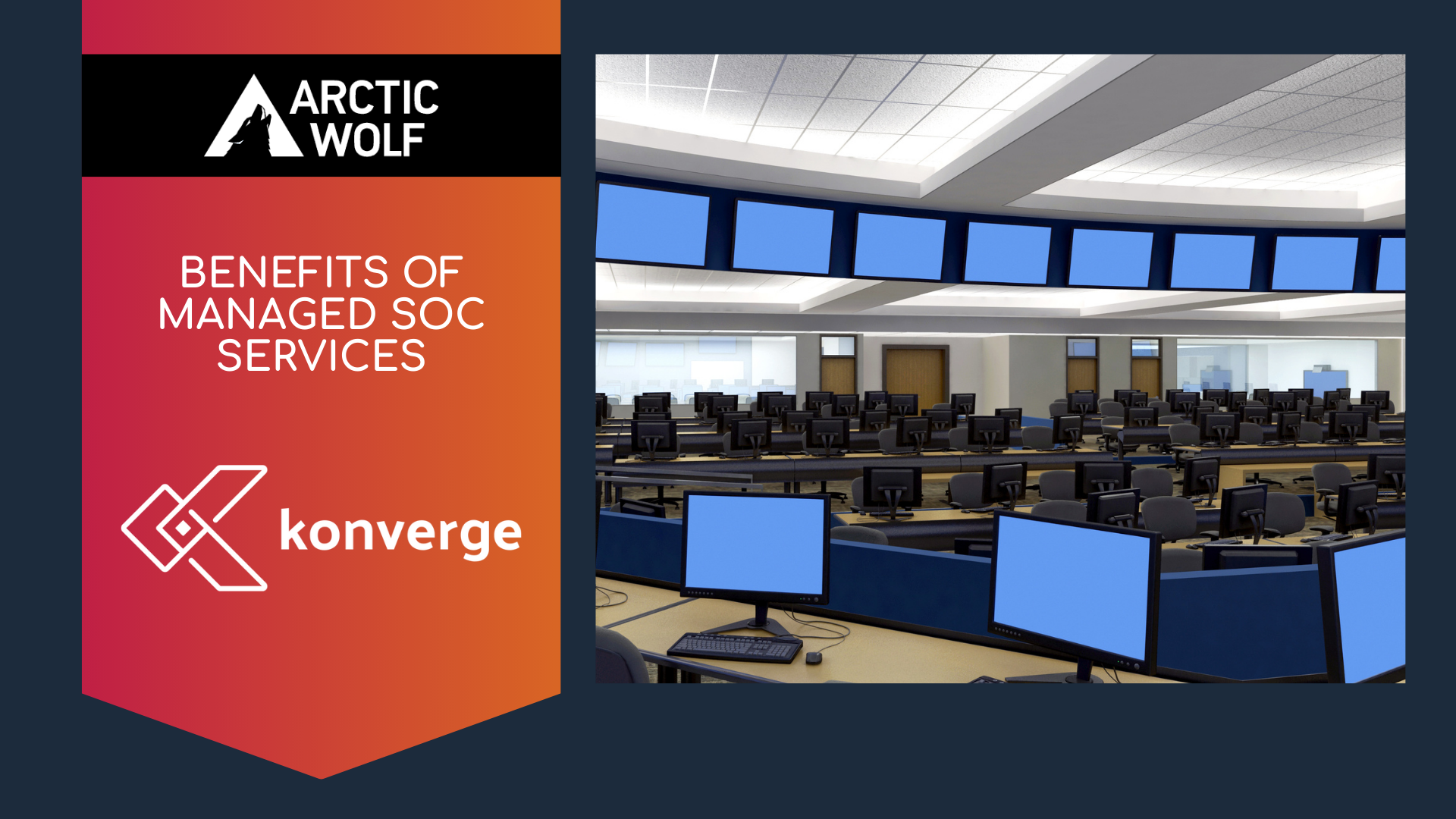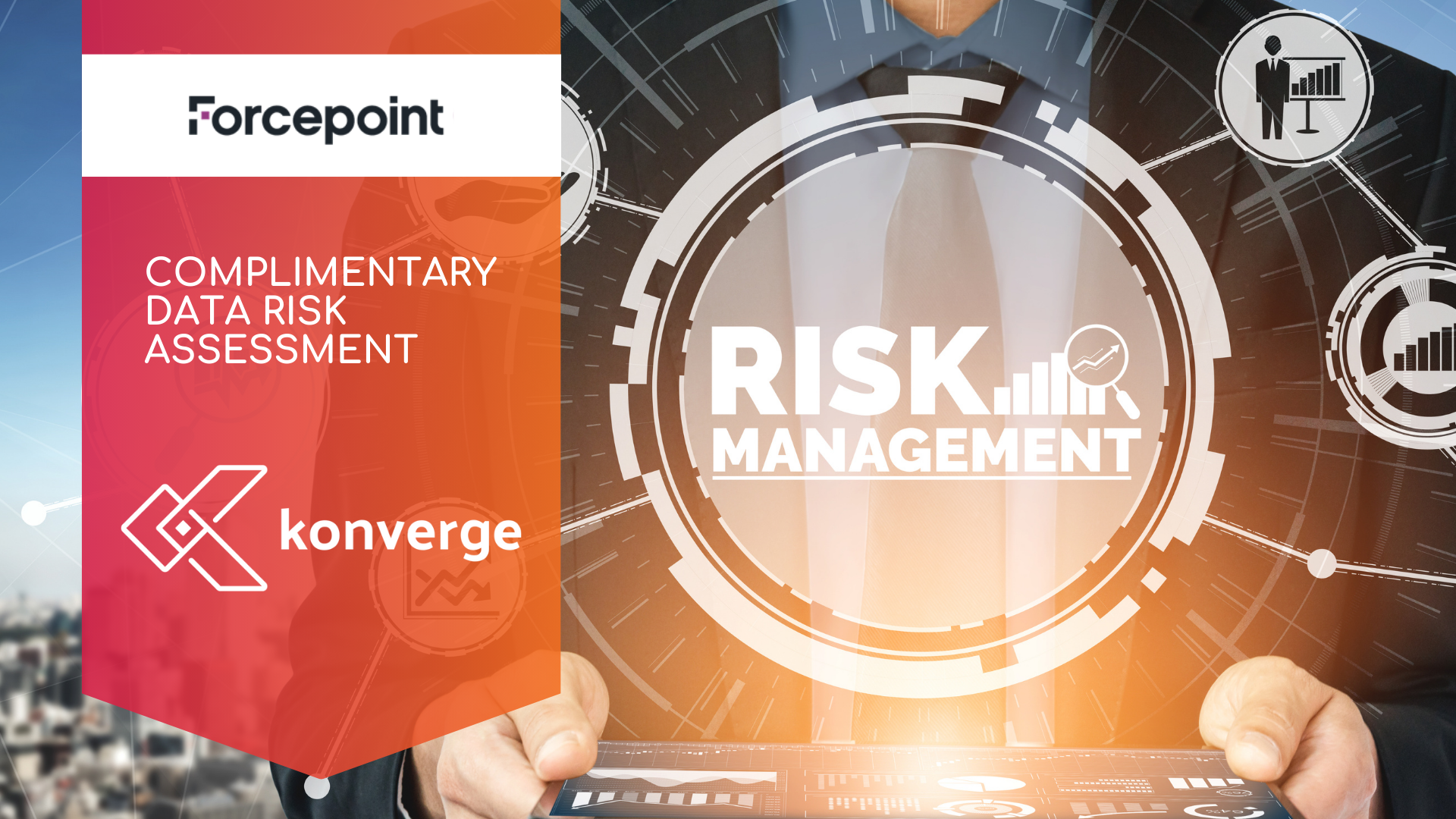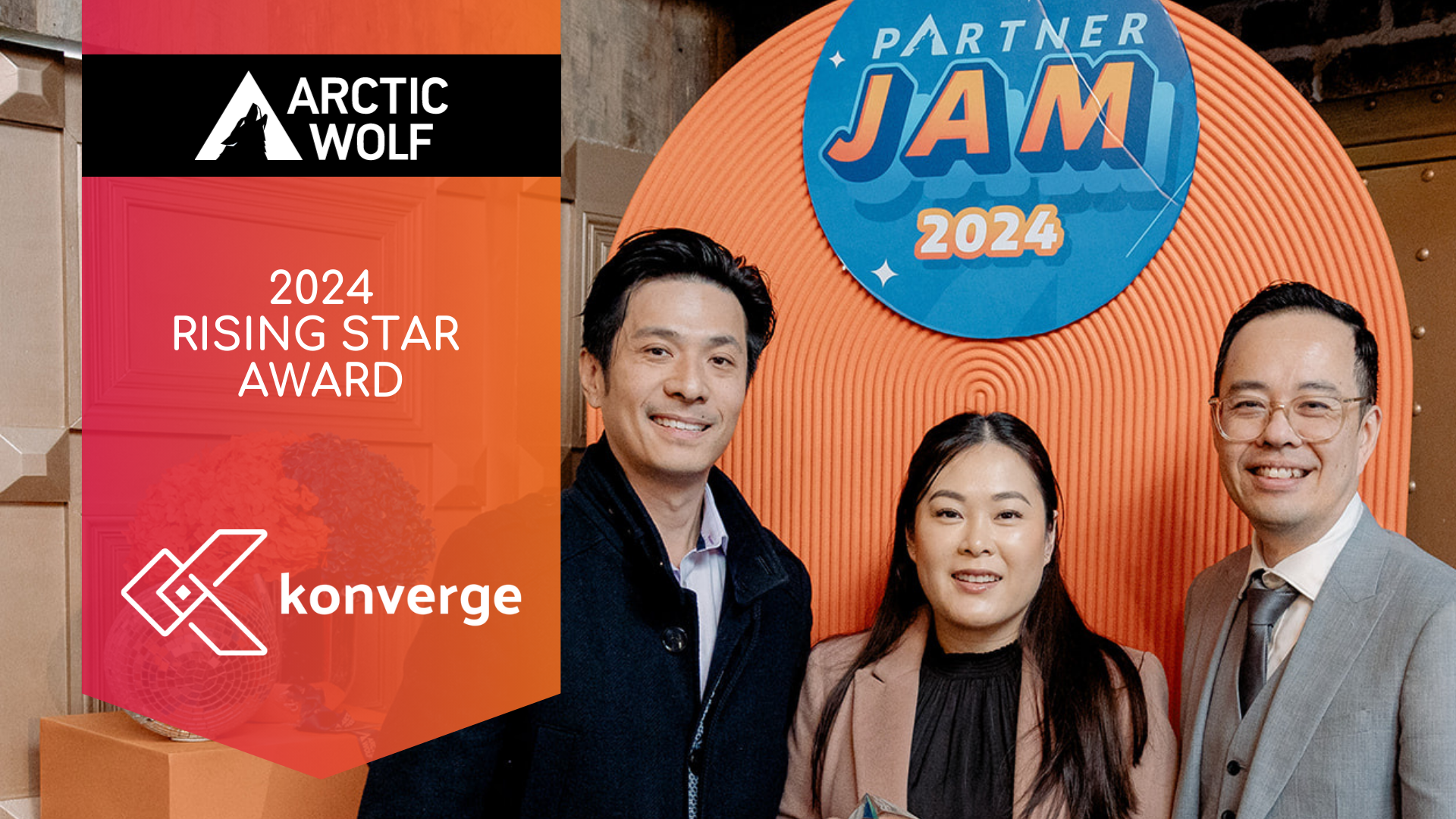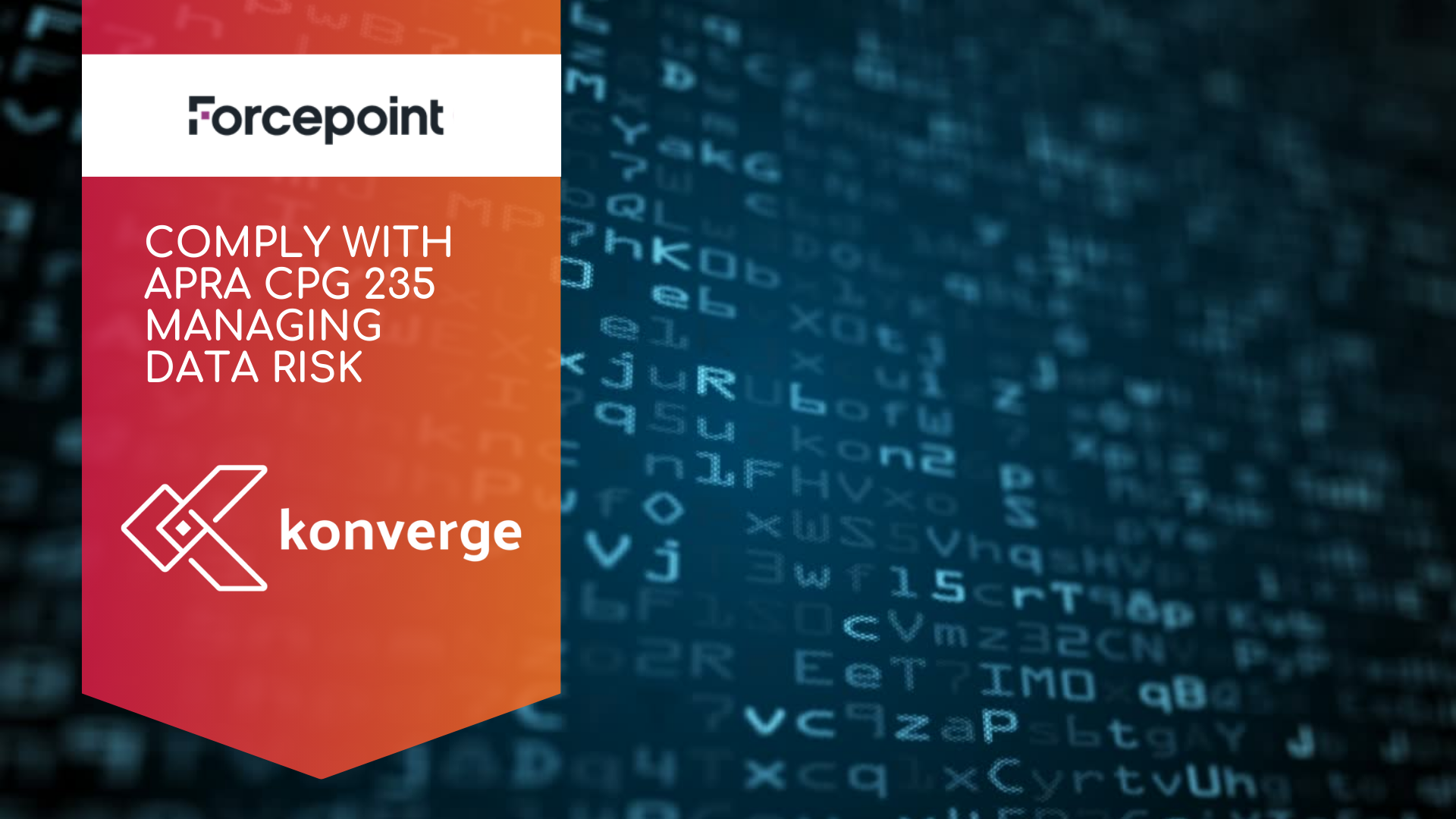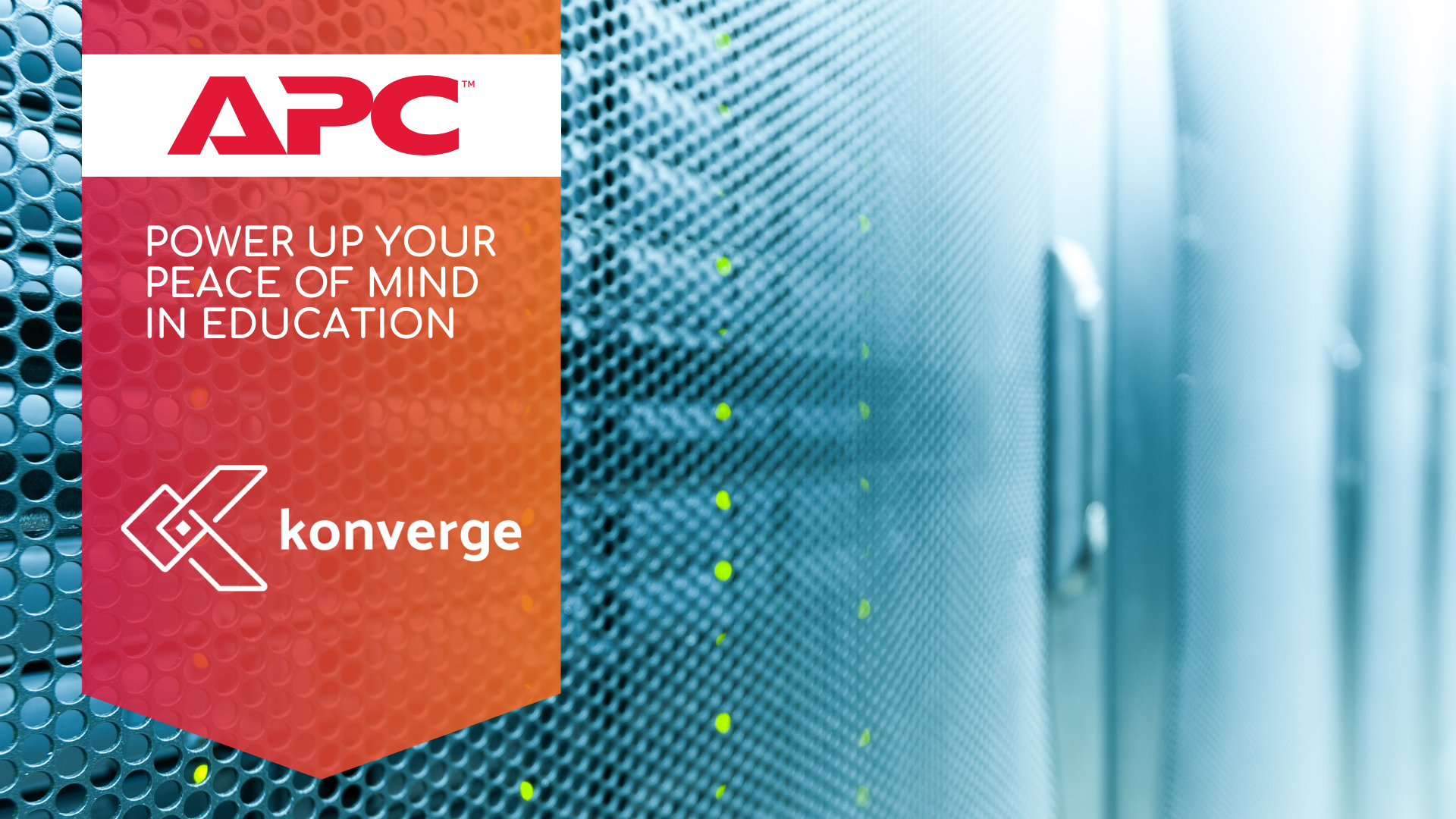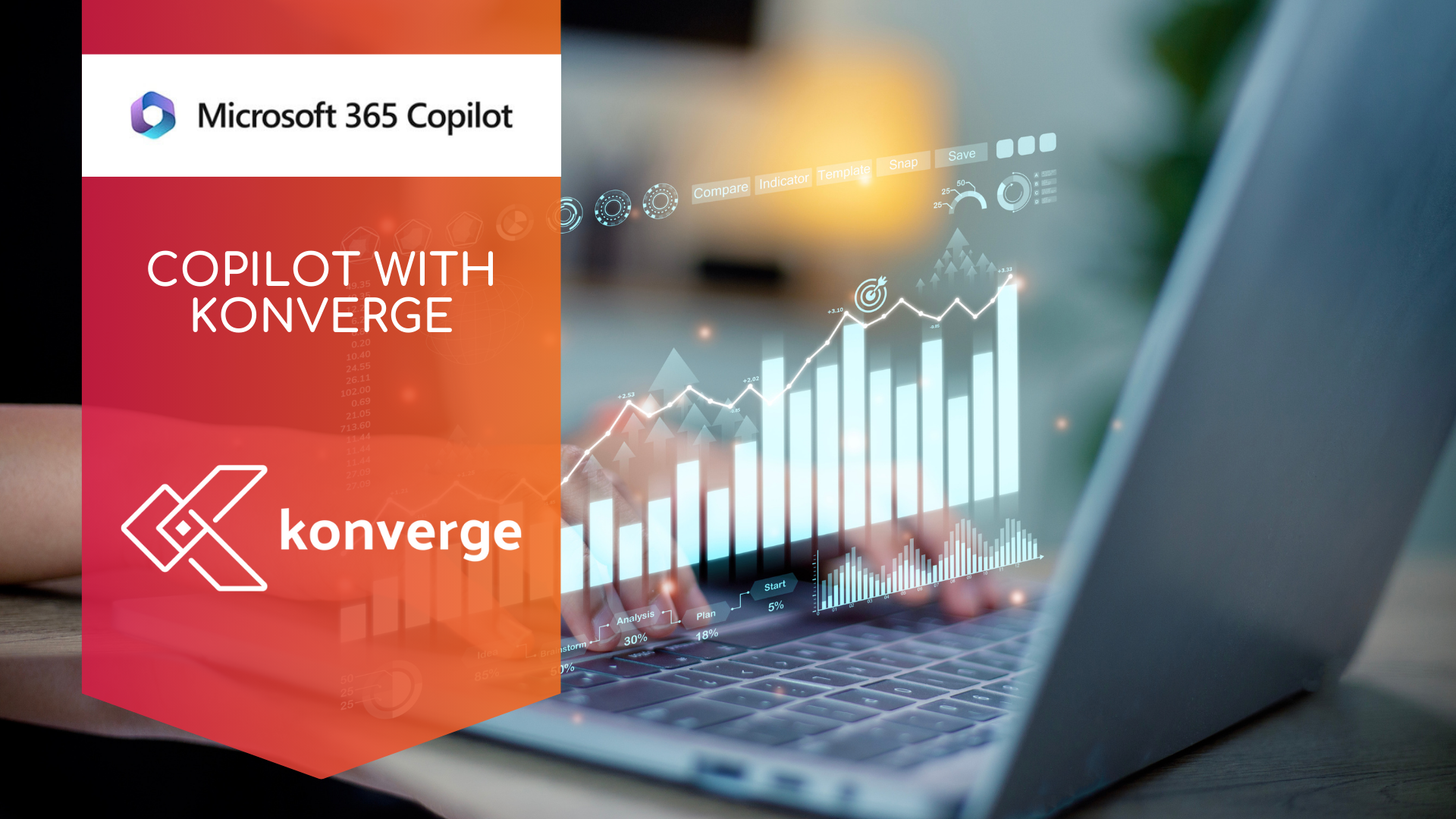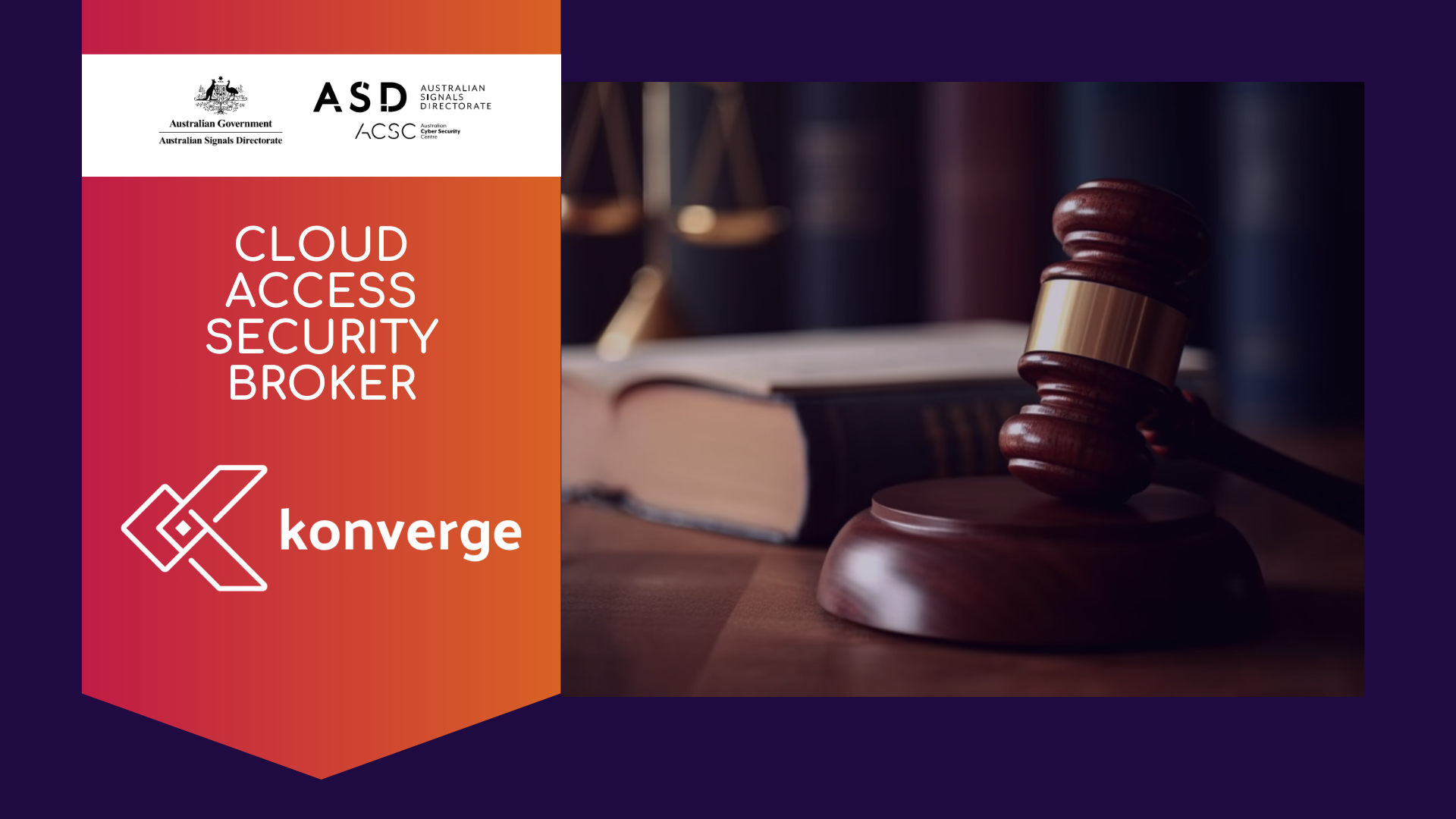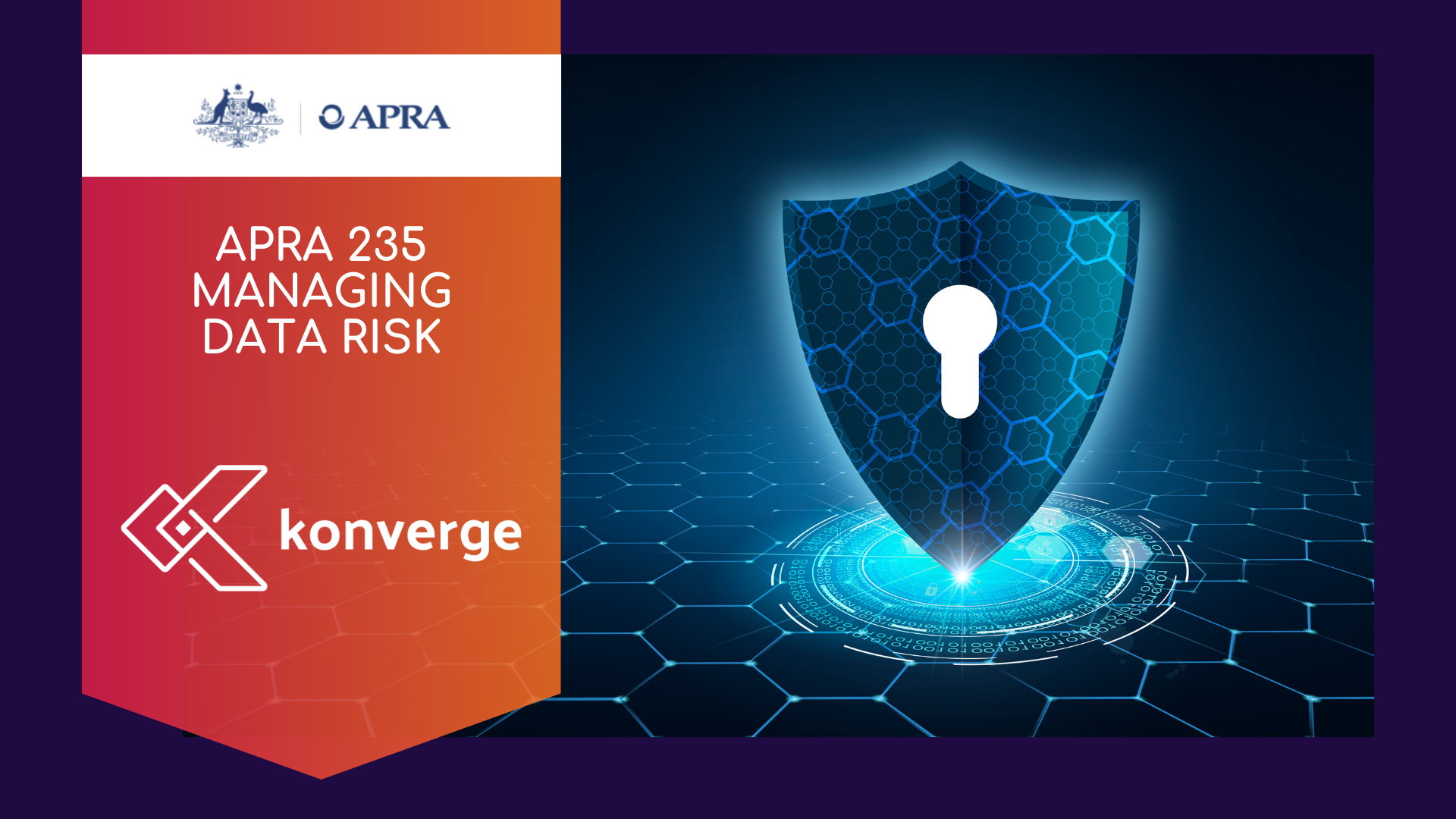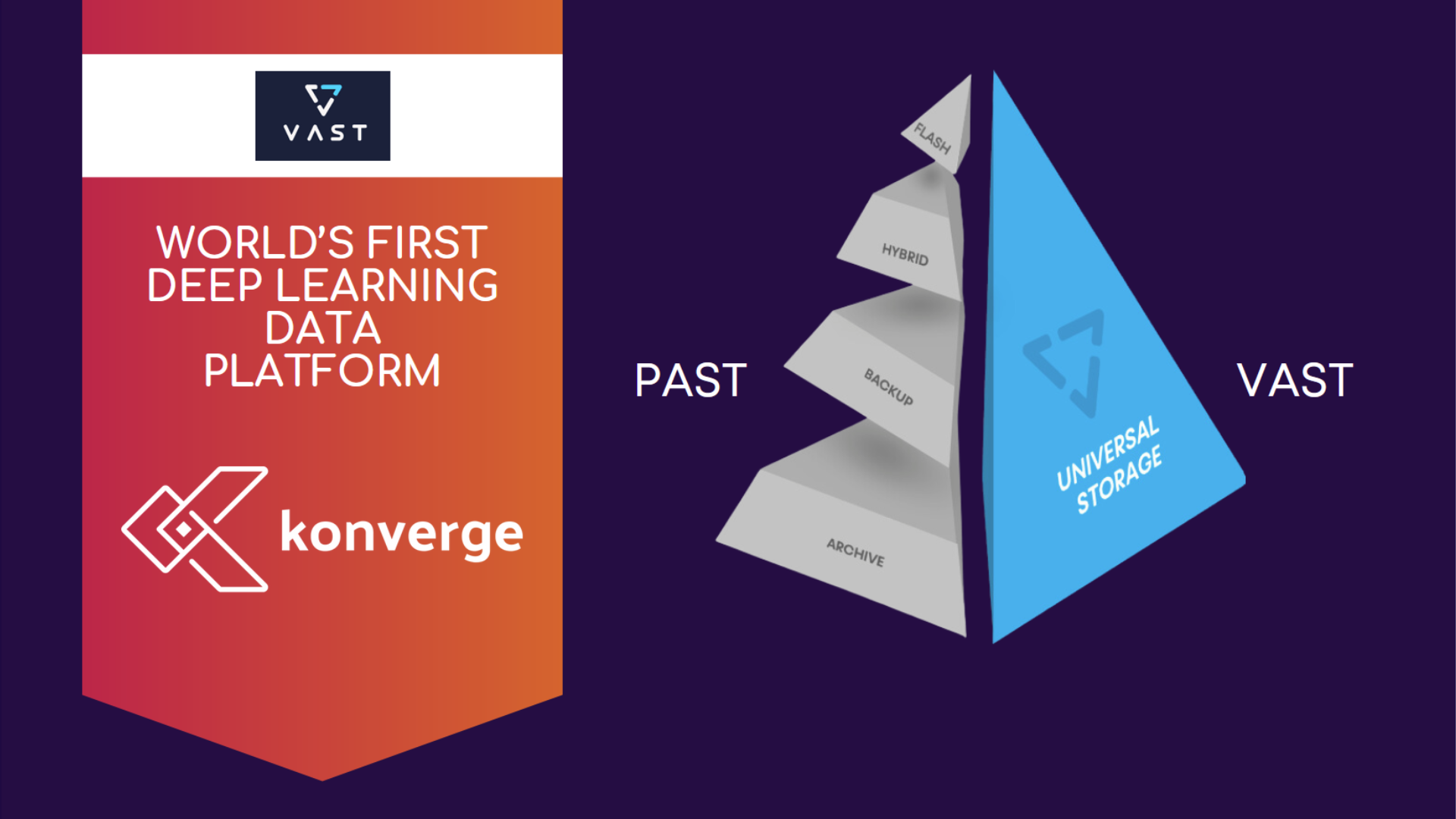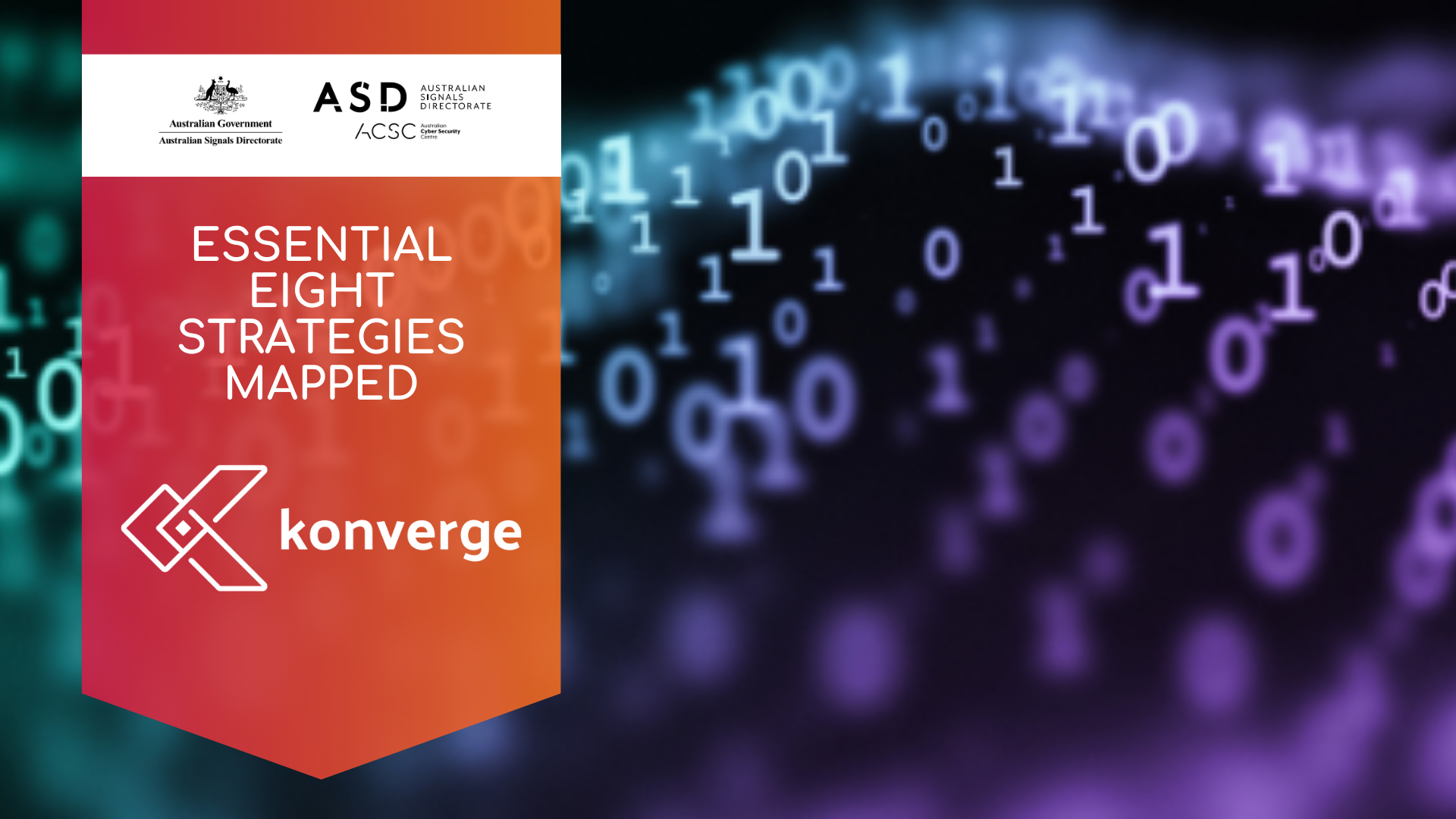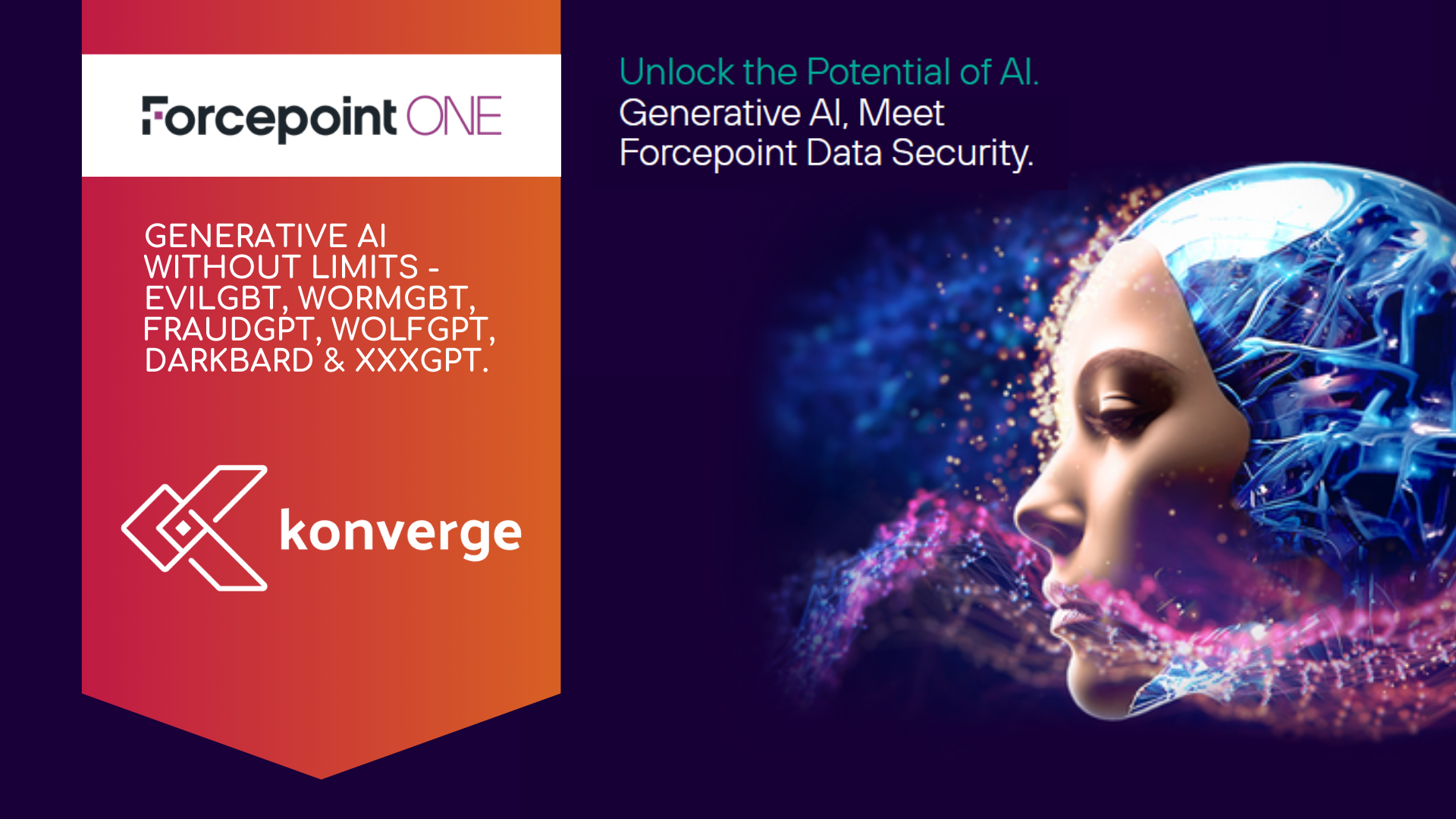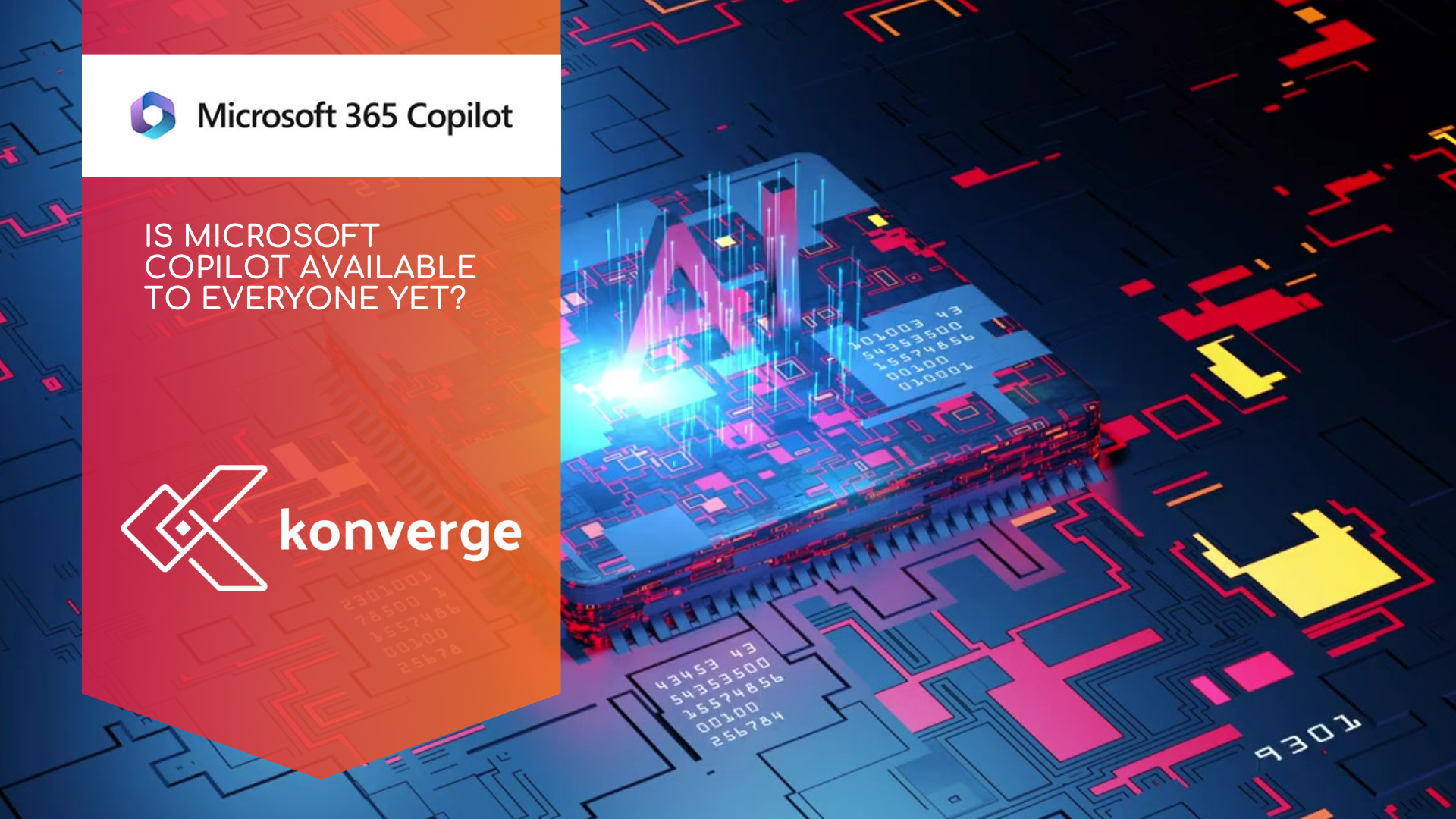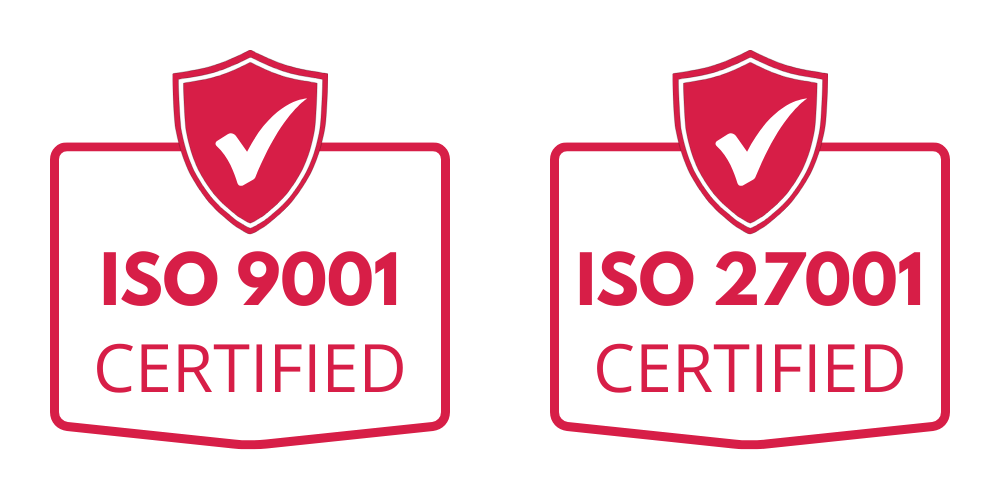Navigating Zero Trust Security in Australia: Strategies for 2025 and Beyond
Why Zero Trust Matters Now

Cyber attacks are rising in frequency and sophistication, and Australian organisations are squarely in the crosshairs. Gartner’s 2025 threat landscape notes that volatility, uncertainty, complexity and ambiguity (the “VUCA” world) are reshaping cyber risk. Supply‑chain and insider attacks are growing; third‑party vendors are a favoured route into enterprise networks. With remote work becoming the norm, employees access critical systems from everywhere, making insider threats (intentional or accidental) a major concern. To remain resilient, businesses need security models that assume the perimeter is gone and verify every access request in real time.
In February 2025 the Australian Cyber Security Centre (ACSC) released the Foundations for modern defensible architecture, a guidance package for organisations adopting zero trust. The ACSC explains that these foundations outline key zero‑trust considerations for building and implementing modern IT architecture and represent “a bedrock of secure design activities” that prepare organisations to adapt to current and emerging cyber threats. The ACSC emphasises that uplifting security through zero‑trust and secure‑by‑design is a core priority. Only six months later, the Protective Security Policy Framework (PSPF) Annual Release 2025 formally mandated zero‑trust adoption for Australian government entities. Together these policies signal that the zero‑trust model has moved from theory to mandatory practice in Australia.
This article explains what zero trust is, why it matters for Australian organisations, how the PSPF guiding principles apply, and practical steps for building a zero‑trust strategy. We’ll also explore technologies, benefits, cultural change and challenges so you can craft a robust security approach for 2025 and beyond.
What Is Zero Trust?
A paradigm shift: never trust, always verify
Zero trust emerged as a response to the shortcomings of perimeter‑based security. Traditional models assumed that internal networks were trustworthy and focused defences at the boundary. In contrast, a zero‑trust approach assumes the network is hostile and demands verification for every request. The Australian Government’s consultation paper notes that zero trust is “a collection of concepts and ideas designed to minimise uncertainty in enforcing accurate, least‑privilege per‑request access decisions in information systems and services in the face of a network viewed as compromised”. A zero‑trust architecture is an enterprise cybersecurity plan that uses zero‑trust concepts and encompasses component relationships, workflow planning and access policies. In practice, zero trust means there is no implicit trust based on network location; every user, device, application and workload must prove its identity and meet policy requirements before receiving access.
This paradigm is sometimes summarised as “never trust, always verify.” The consultation paper explains that embedding a zero‑trust culture requires a shift from traditional perimeter protection to zero‑trust architecture rooted in the core principle of “never trust, always verify”. This mindset recognises that attackers may already be inside your network or may compromise legitimate users, so access control decisions must be continually re‑evaluated based on context.
Core principles and pillars
Zero trust is anchored in a handful of interlocking principles: continuous verification of every request, least‑privilege access, an assumption of breach, data‑centric controls and risk‑based decisions. In practice this translates into robust identity management, registering and monitoring devices, segmenting networks into micro‑perimeters, applying strict access controls to applications, encrypting and classifying data, and maintaining continuous monitoring to enforce policy and detect threats.
How zero trust differs from traditional models
Unlike perimeter‑based security, which implicitly trusts anything inside the network, zero trust assumes compromise and verifies every user, device and request. Key techniques include micro‑segmentation, continuous monitoring and role‑based access controls, which limit lateral movement and ensure users can access only the resources required for their roles.
Why Zero Trust Security Matters in Australia
Zero trust is not optional in Australia. The 2025 PSPF Annual Release mandates that government entities adopt zero‑trust principles and align their cyber strategies with the Information Security Manual and the Guiding Principles to embed a Zero Trust Culture. This policy emphasises that zero trust must be organisation‑wide and integrated across protective domains such as governance, risk, information and technology. In parallel, the ACSC’s 2025 Foundations for modern defensible architecture frames zero trust as the bedrock of secure design, urging organisations to uplift their security posture through secure‑by‑design practices. The Home Affairs consultation reinforces that this shift requires organisational transformation and a culture that never trusts and always verifies.
Beyond compliance, zero trust addresses real threats. Non‑compliance can lead to national security risks, reputational damage and legal penalties. Cybercriminals are exploiting supply chains and insiders, so organisations need zero‑trust models and continuous monitoring to defend against third‑party attacks and remote‑work vulnerabilities. Adopting zero trust is therefore both a regulatory requirement and a practical response to the evolving threat landscape in Australia.
PSPF Guiding Principles for a Zero‑Trust Culture
The PSPF and the Home Affairs consultation set out five guiding principles to embed a zero‑trust culture across organisations. In summary:
- Treat cyber security as an enterprise risk. Cyber risk must be integrated into governance, decision‑making and budget planning at the highest levels.
- Clarify roles and responsibilities. Establish clear accountabilities and reporting lines so that incidents and emerging trends are escalated rapidly.
- Know your critical assets and build cyber fluency. Identify and prioritise high‑value systems and data; educate staff at all levels so they understand what needs protection and why.
- Develop a comprehensive cyber strategy and uplift plan. Align cyber security with business strategy, anticipate emerging threats and address supplier risks through ongoing uplift plans.
- Assume breach and embrace continuous improvement. Embed “never trust, always verify” into incident management, run regular exercises and view incidents as opportunities to strengthen defences.
These principles provide a blueprint for embedding zero trust across governance, risk management, asset management, resiliency and incident response without getting bogged down in technical detail.
Implementing Zero Trust: Practical Steps
Adopting zero trust is a journey rather than a single project. Below are practical steps organisations can take to implement zero‑trust security in alignment with the guiding principles and the PSPF.
1. Assess your current security posture
Begin with an assessment of your existing security architecture, policies and processes. Identify assets, users and devices; map data flows; and highlight gaps in identity management, network segmentation, monitoring and incident response. Use the PSPF domains – governance, risk, information, technology, personnel and physical security – to structure your assessment. This baseline will help prioritise initiatives.
2. Strengthen identity and access management
Identity is the foundation of zero trust. Implement multi‑factor authentication (MFA), single sign‑on (SSO) and identity governance to ensure that only authorised users access systems. Adopt least privilege by creating granular roles and policies. Use adaptive access controls that evaluate context, such as device health, location, time and behaviour. Monitor account usage for anomalies. When designing access policies, incorporate enterprise risk management so decisions align with your organisation’s risk appetite.
3. Build a comprehensive roadmap
After strengthening identity and access management, organisations should develop a holistic roadmap that combines asset inventory, network modernisation, data protection, continuous monitoring and workforce training. Rather than tackling each domain in isolation, prioritise high‑value assets and critical business processes. Create an inventory of all devices and workloads; classify them by sensitivity; and segment networks into micro‑perimeters to restrict lateral movement. Modernise network infrastructure with secure access solutions such as software‑defined networking, SASE and zero‑trust network access (ZTNA) to ensure that remote and hybrid workers are authenticated and authorised before accessing applications. Protect data with encryption, data loss prevention and rights management, aligning controls with the PSPF and the Australian Privacy Act. Deploy continuous monitoring tools such as SIEM and EDR to detect anomalies and supply‑chain threats quickly. Integrate security into development (DevSecOps) and adopt privileged access management so that high‑privilege actions are granted only when needed. Finally, educate and empower your workforce: training programmes should build cyber fluency, explain the rationale behind controls and encourage reporting of suspicious behaviour. Treat this roadmap as a living document that evolves with emerging threats and business priorities.
Technologies and Solutions for Zero Trust
Simplifying the technology stack
Zero‑trust architectures rely on a handful of technology categories rather than a laundry list of products. At the identity layer, multi‑factor authentication, single sign‑on and conditional access policies verify users and devices, while identity governance systems manage their lifecycle. At the endpoint, tools such as endpoint detection and response and unified endpoint management enforce compliance and stop malware. In the network, software‑defined perimeters and zero‑trust network access brokers create micro‑perimeters around applications and verify devices before they connect, while secure access service edge (SASE) services combine networking and security functions for remote work and hybrid environments. Data security measures – encryption, classification, data loss prevention and rights management – ensure that sensitive information remains protected in motion and at rest, aligning with regulatory requirements. Finally, continuous monitoring via security information and event management, user and entity behaviour analytics and threat intelligence provides the visibility needed to detect anomalies early and automate incident response. Konverge’s integrated platform brings these capabilities together, pairing firewalls and AI‑powered detection with SOC‑as‑a‑service to deliver 24/7 monitoring. By consolidating solutions, organisations reduce complexity and cost while building a resilient zero‑trust foundation.
Benefits of Zero Trust Implementation
Improved security posture
By eliminating implicit trust and enforcing continuous verification, zero‑trust architectures reduce the risk of unauthorised access, lateral movement and data exfiltration. Micro‑segmentation limits the blast radius of a breach; continuous monitoring increases detection speed and reduces dwell time. Zero trust also addresses supply‑chain and insider threats by verifying every device, user and request.
Regulatory compliance and alignment with PSPF
Implementing zero‑trust helps organisations comply with the PSPF, Information Security Manual and Guiding Principles. By following the five guiding principles, agencies can demonstrate alignment with government mandates. Organisations that handle sensitive or regulated data (health, finance, critical infrastructure) will also benefit from the structured approach to risk management and reporting.
Enhanced resilience and business agility
A zero‑trust architecture improves resilience by assuming compromise and preparing accordingly. It encourages organisations to continuously refine controls and integrate cyber security into business continuity and disaster recovery planning. Because zero trust is data‑centric and identity‑driven, it supports hybrid and multi‑cloud architectures and remote work. Employees can securely access resources from any location, enhancing productivity and enabling flexible work models.
Reduced operational costs and consolidation
Zero trust often drives consolidation of security tools and retirement of legacy systems. When identity, network, endpoint and data protection are integrated into a cohesive framework, management overhead decreases. Automated enforcement and continuous monitoring reduce manual effort. Over time, this lowers total cost of ownership and simplifies audits and compliance reporting.
Culture of cyber fluency
Embedding zero trust fosters a culture of cyber fluency – employees at all levels understand cyber risks and incorporate security into daily activities. Clear roles and responsibilities empower staff to take ownership of security outcomes, improving behaviour and reducing human‑induced breaches.
Challenges and Considerations
Integration with legacy systems
Many organisations operate legacy systems that were not designed for zero trust. Integrating modern identity and segmentation controls into these environments can be complex. Organisations should prioritise modernising critical systems and use gateways or proxies to enforce zero‑trust policies on legacy applications.
Change management and user experience
Zero trust introduces friction – MFA prompts, explicit approvals and segmented networks can frustrate users if not implemented thoughtfully. A strong change‑management programme is essential. Communicate why changes are necessary, provide training and gather user feedback. Use adaptive policies that balance security with user experience.
Investment and resource constraints
Implementing zero trust requires investment in technology, skills and process redesign. Smaller organisations may struggle with budget or expertise. Consider phased adoption, starting with high‑risk assets and using managed services. Partnering with providers like Konverge allows businesses to leverage expertise and integrated solutions.
Complexity of vendor ecosystem
The security market is crowded, and not all products interoperate seamlessly. Adopt an architecture‑driven approach and choose vendors that support open standards and interoperability. Consolidate where possible – integrated platforms reduce complexity and enhance visibility.
Real‑World Applications and Use Cases
Zero‑trust principles are applicable across industries. Government agencies and critical infrastructure operators are leading adoption due to the PSPF mandate; they must protect classified data and citizen services while demonstrating compliance with risk management and incident reporting requirements. Healthcare and life sciences organisations handle sensitive patient information and connected medical devices; zero trust enforces least‑privilege access, micro‑segmentation and continuous monitoring to ensure confidentiality and integrity. Financial institutions and fintechs face stringent regulations and sophisticated fraud; strong identity verification, behavioural analytics and segmentation protect payment systems and customer data. Small and medium enterprises can benefit from zero trust by adopting core controls such as MFA, least privilege and continuous monitoring; cloud‑delivered ZTNA and SASE services reduce complexity and cost, and partnering with managed security providers enables scalable adoption. Finally, supply chain and vendor ecosystems are frequent attack vectors – organisations should assess vendor security, grant limited access to shared systems and monitor third‑party activity to prevent compromise.
Emerging Trends and Future Outlook
As the threat landscape evolves, zero‑trust frameworks will continue to mature. The ACSC’s Foundations for modern defensible architecture stresses that zero‑trust concepts form a bedrock of secure design and must be adaptable to current and emerging cyber threats. In the coming years, organisations will increasingly leverage artificial intelligence and machine learning to augment continuous monitoring, enabling faster detection of anomalies and insider threats. The deployment of autonomous remediation tools will allow systems to respond to indicators of compromise in near real time, reducing the burden on security teams.
Another trend is the integration of zero trust with digital identity ecosystems. Governments and industry are exploring unified digital identity frameworks to streamline authentication, reduce fraud and support cross‑agency collaboration. Zero‑trust architectures align naturally with these efforts by enforcing strong identity proofing and contextual access policies. In Australia, alignment with the Information Security Manual and the guiding principles ensures that such initiatives maintain robust security controls.
The PSPF’s emphasis on supply‑chain security and organisational resilience will also drive adoption of secure‑by‑design development and procurement practices. Organisations will demand greater transparency from vendors regarding their security posture and will incorporate zero‑trust principles into contracts and service‑level agreements. Cloud providers will offer integrated zero‑trust services that span identity, network, endpoint and data security, making it easier for small and medium enterprises to adopt comprehensive protections. As remote and hybrid work continue, secure access service edge (SASE) and zero‑trust network access (ZTNA) will become standard components of enterprise architecture.
Finally, zero trust will shape organisational culture and governance. The guiding principles highlight the need for continuous improvement and a mindset that assumes breach. Organisations will embed regular cyber drills, red‑team exercises and post‑incident reviews into their operations, using lessons learned to refine policies and strengthen defences. By viewing zero trust as an ongoing journey rather than a one‑time project, Australian businesses can remain resilient in the face of evolving threats and regulatory expectations.
Building a Zero‑Trust Culture
Technology alone cannot deliver zero trust. Cultural change is critical. The guiding principles highlight that success requires organisational transformation and clear accountability. Here are key steps to build a zero‑trust culture:
- Leadership commitment. Board members and executives must champion zero trust, allocate resources and integrate cyber security into strategic decision‑making.
- Cyber fluency training. Develop training programmes that go beyond awareness; teach employees to apply cyber security concepts in their roles. Encourage reporting of suspicious activity and provide feedback channels.
- Collaborative governance. Establish cross‑functional governance committees with representatives from IT, security, risk, legal and business units. Define metrics, track progress and adapt policies.
- Transparent communication. Explain why controls are necessary, how they protect personal and corporate data, and how employees can contribute. Transparency fosters trust and buy‑in.
- Continuous improvement. Treat every incident as an opportunity to learn. Regularly review metrics, refine policies and update training.
Taking the Next Step
Zero trust is no longer just a buzzword – it is a mandated strategy for Australian government entities and a vital framework for businesses seeking to thrive in a volatile digital landscape. The ACSC’s foundations and the PSPF’s guiding principles set out a clear roadmap: treat cyber security as an enterprise risk, clarify accountabilities, know your critical assets, build resiliency through strategy and plans, and go beyond incident response by assuming breach. The PSPF now mandates zero‑trust adoption and warns of serious consequences for non‑compliance.
Adopting zero trust is a journey requiring assessment, strategic planning, investment in technology and, crucially, cultural change. While the path may be complex, the benefits are compelling: stronger security, compliance, resilience, agility and a culture of cyber fluency.
Konverge works with Australian organisations to implement zero‑trust architectures, providing integrated solutions ranging from firewalls and AI‑powered threat detection to SOC‑as‑a‑service. We help you develop strategies that align with your business goals, secure hybrid environments and build continuous monitoring capabilities. Whether you’re a government agency, enterprise or SME, now is the time to embrace zero trust. Assess where you are, build on the guiding principles, and partner with experts to protect your organisation from today’s threats and tomorrow’s unknowns.
Taking a phased approach makes the transition more manageable: start with your most critical assets and gradually expand zero‑trust controls across users, devices and workloads. Communicate the benefits clearly and involve employees throughout the journey to foster ownership and cyber fluency. As attackers target supply chains and remote work blurs traditional boundaries, prioritising zero trust as a core element of your digital strategy will pay dividends in resilience and compliance. Konverge stands ready to guide you on this path, helping you design, implement and continuously improve a security posture that protects what matters most.


